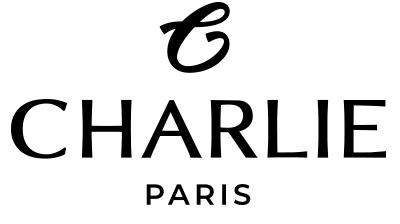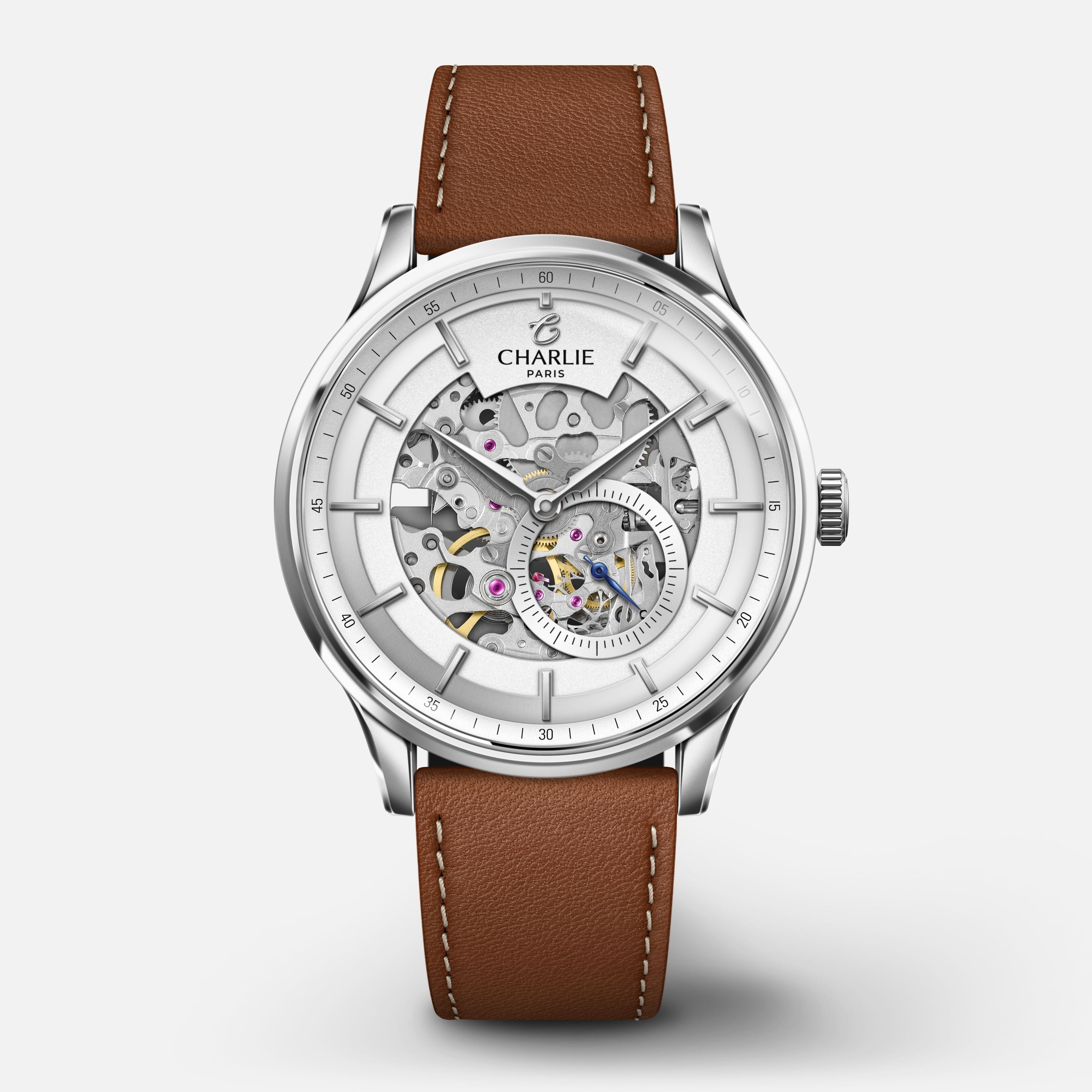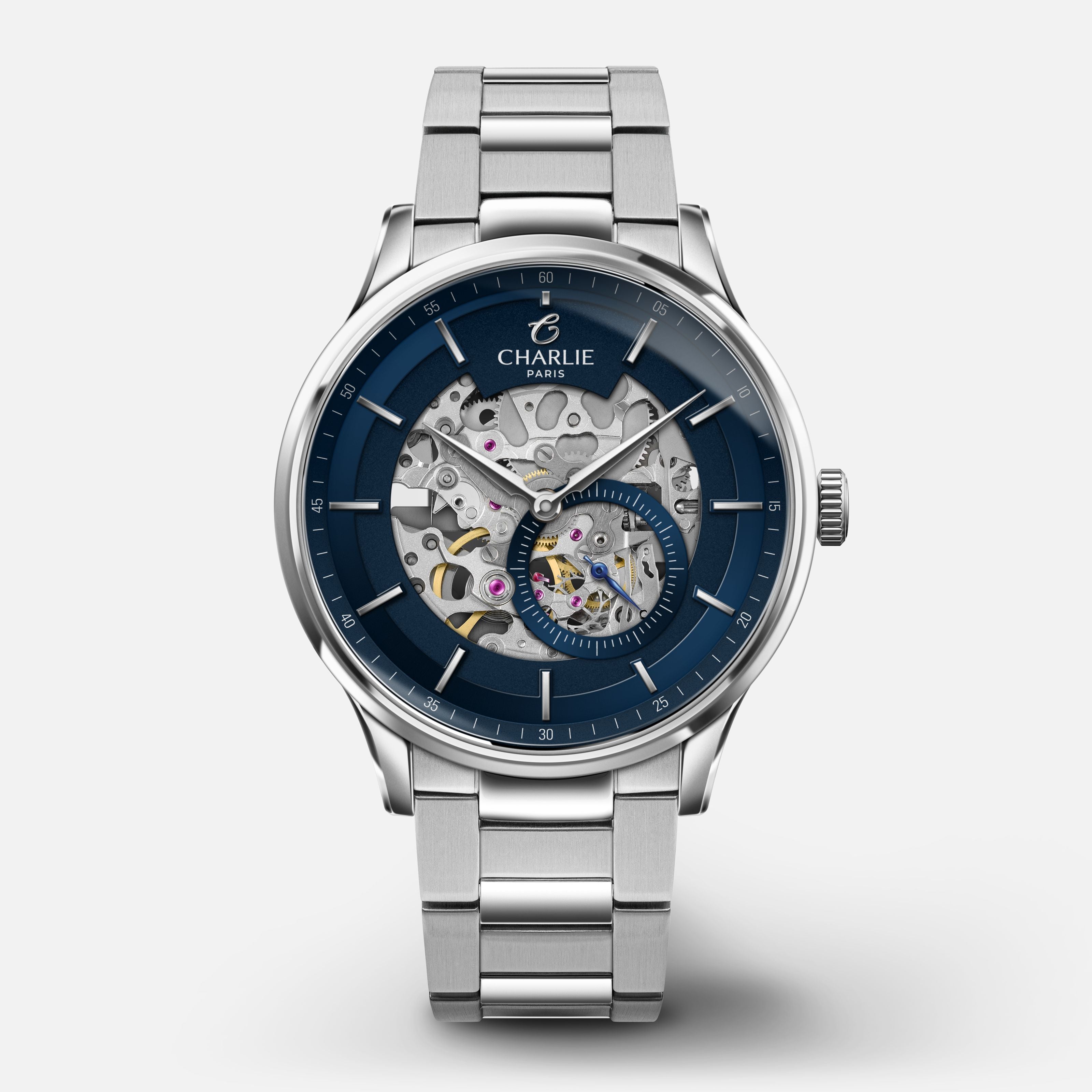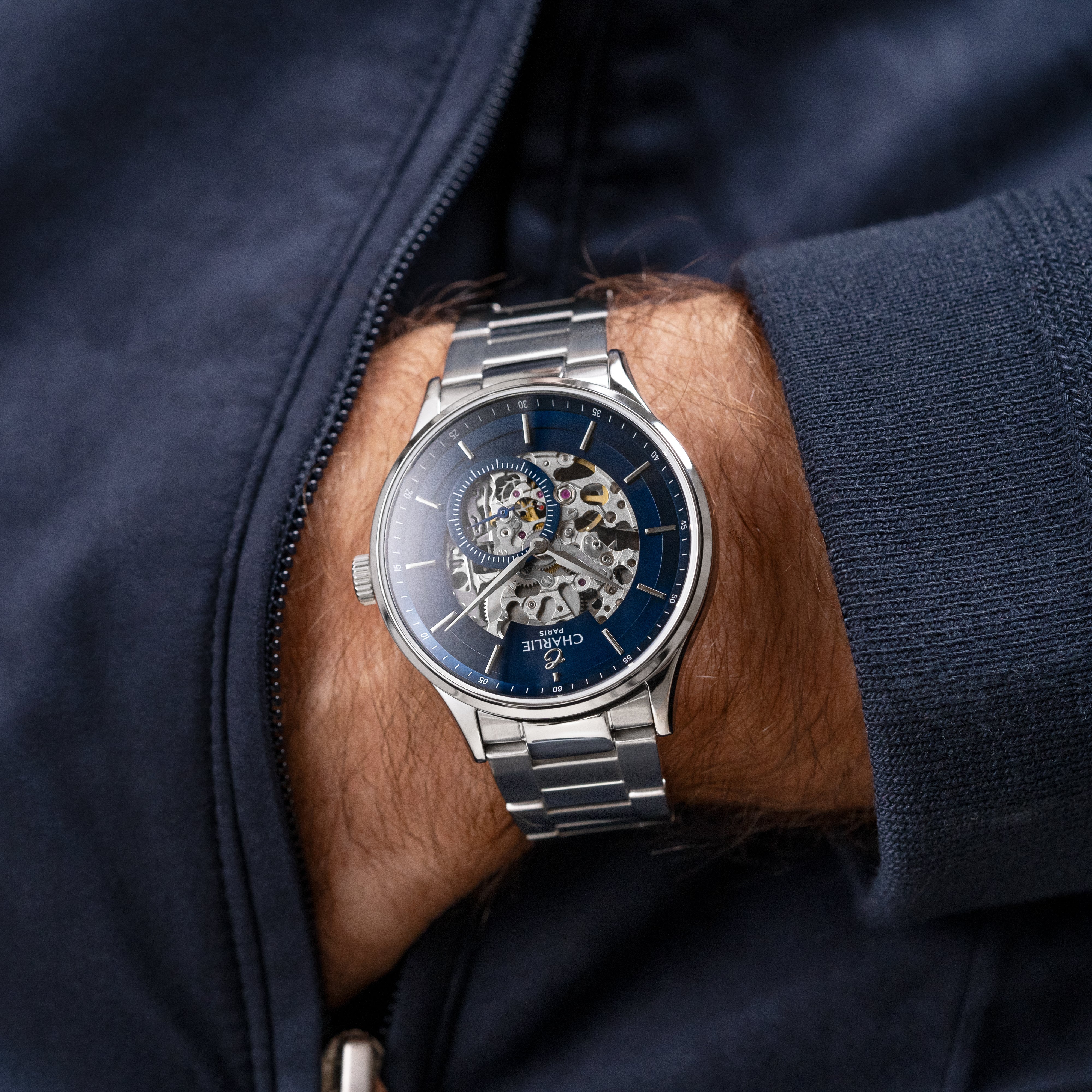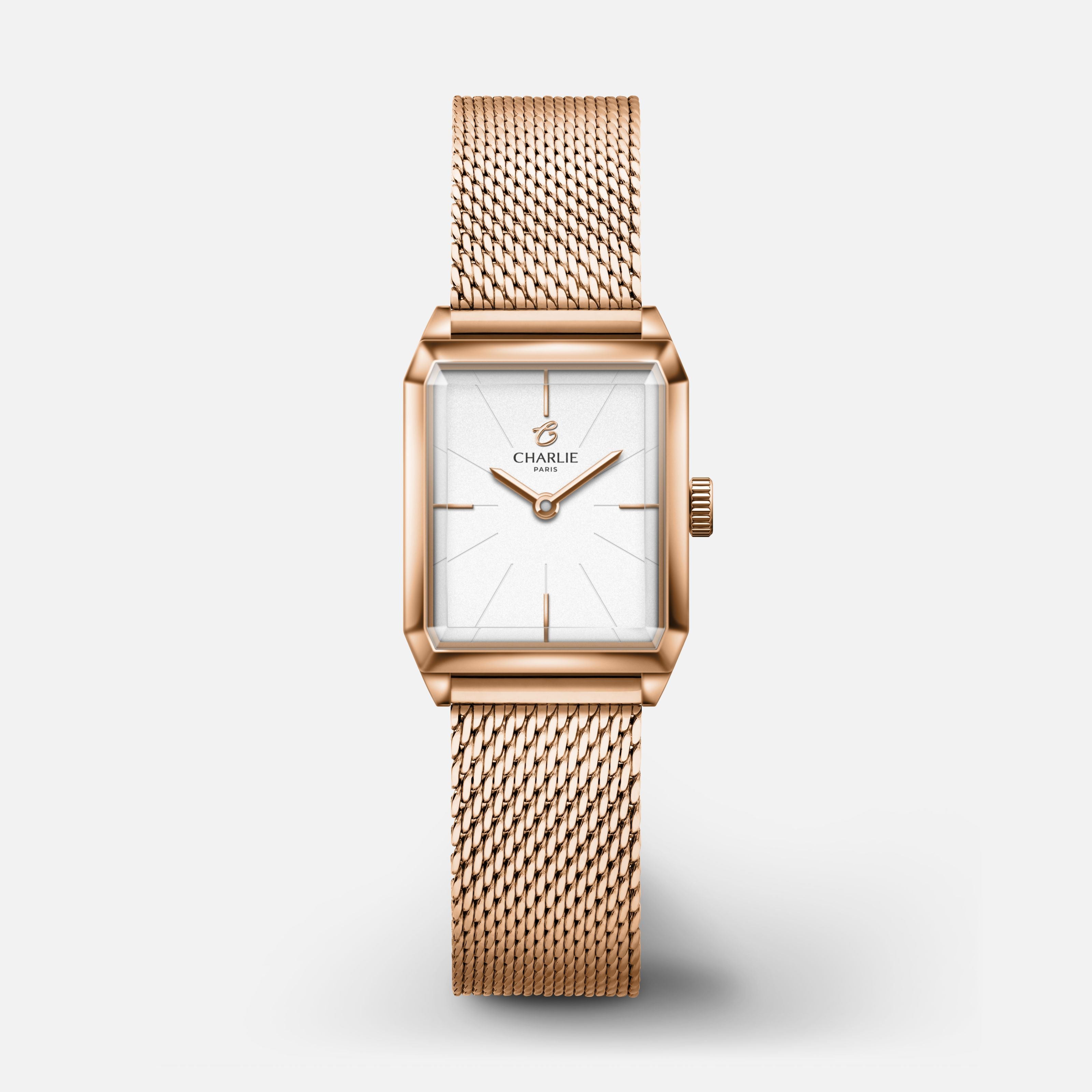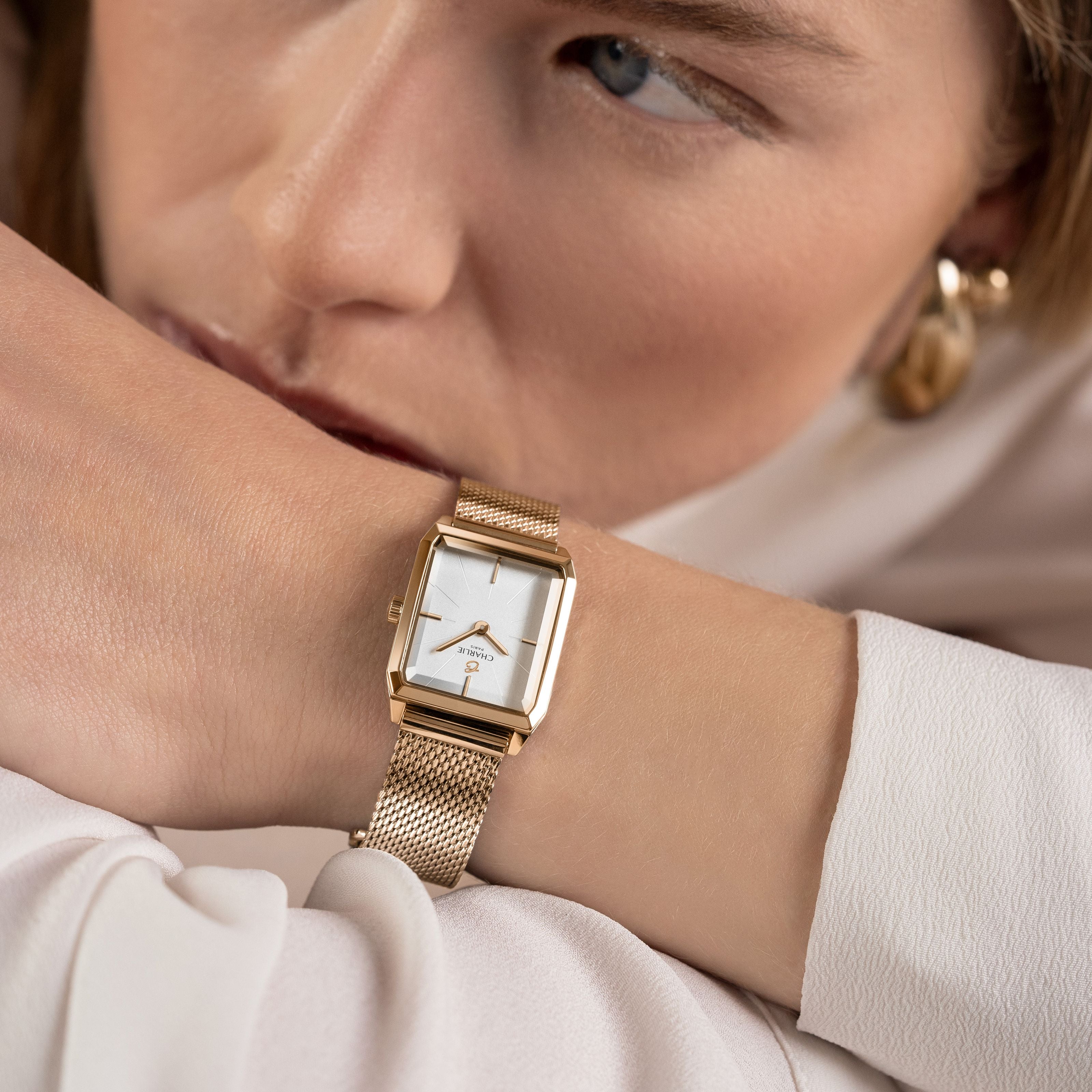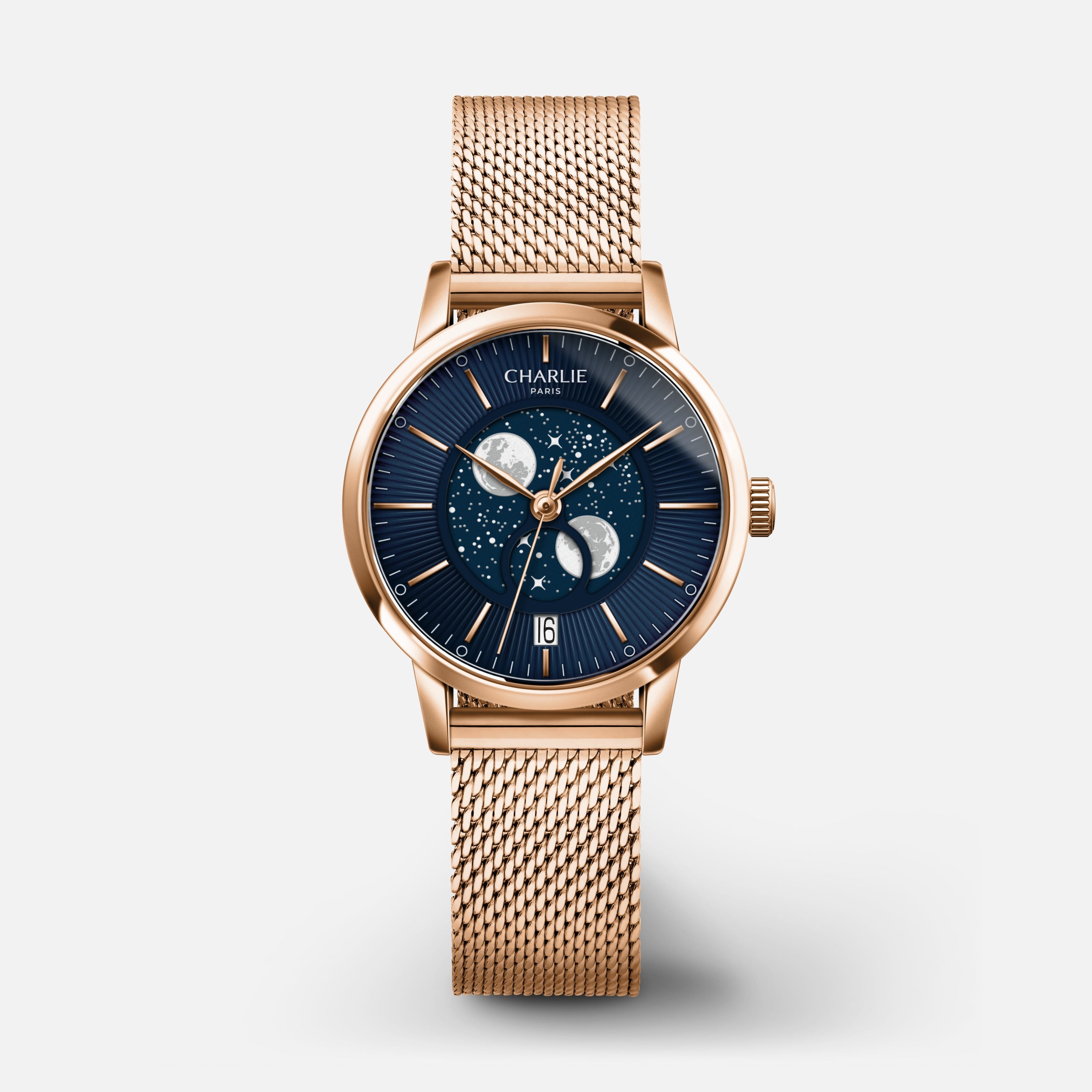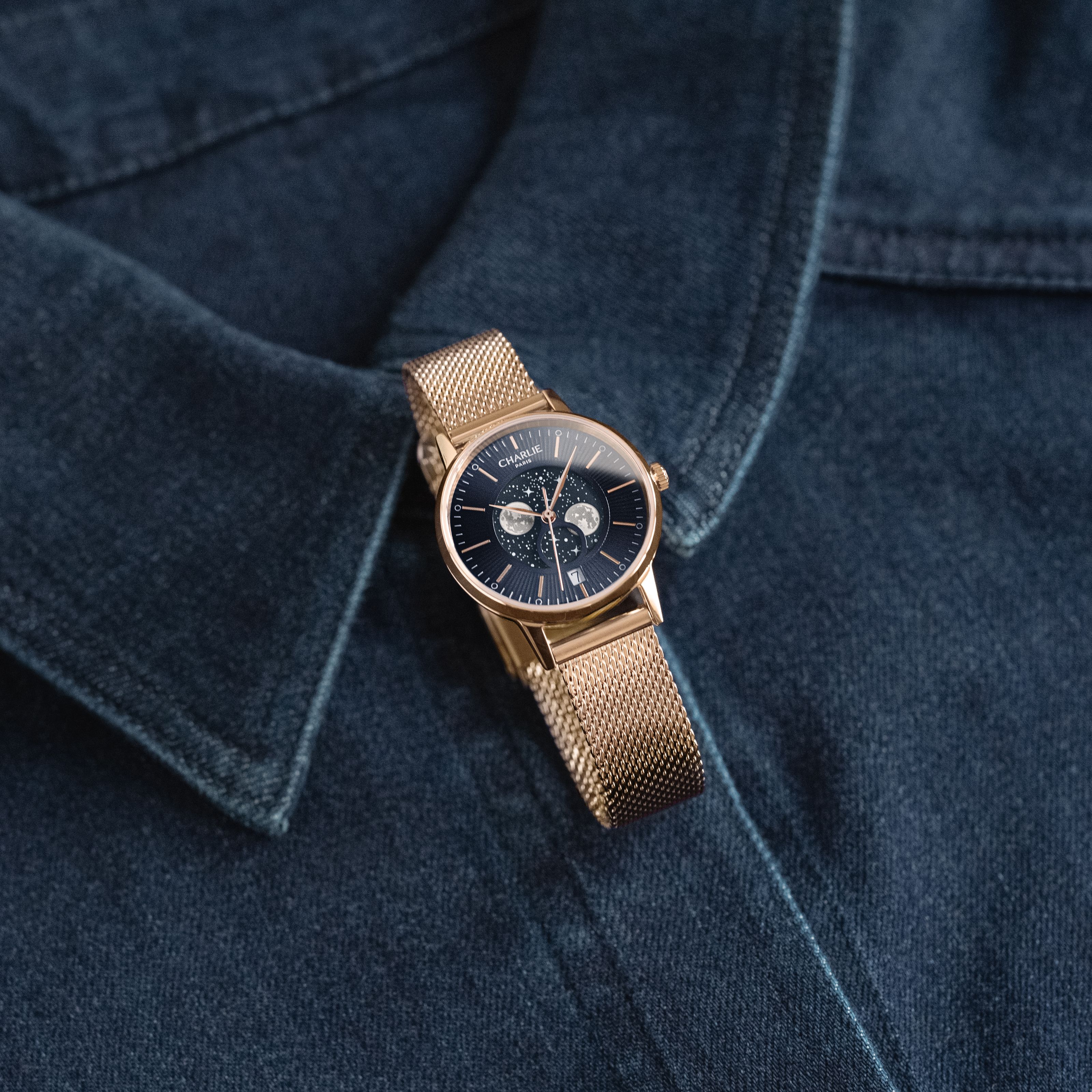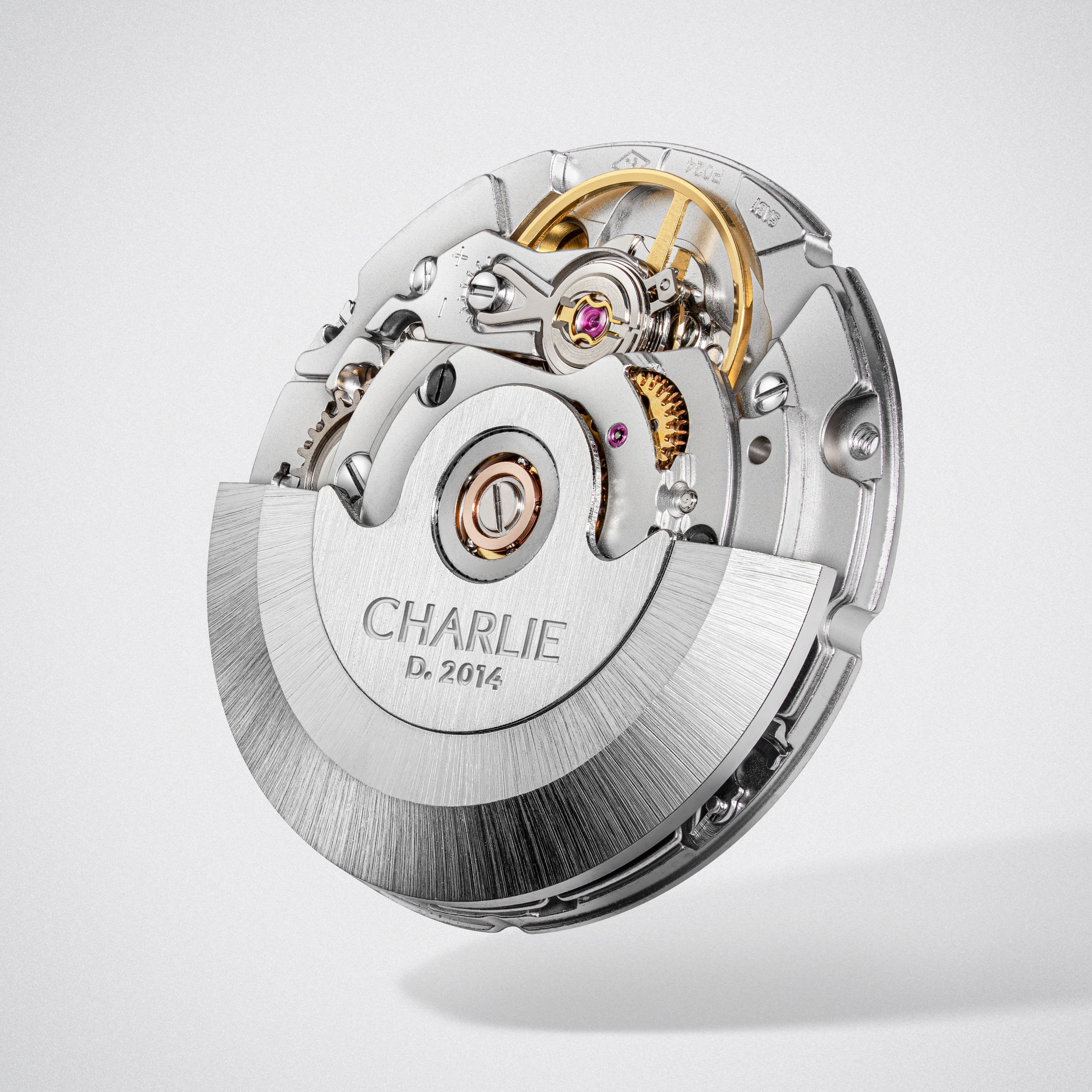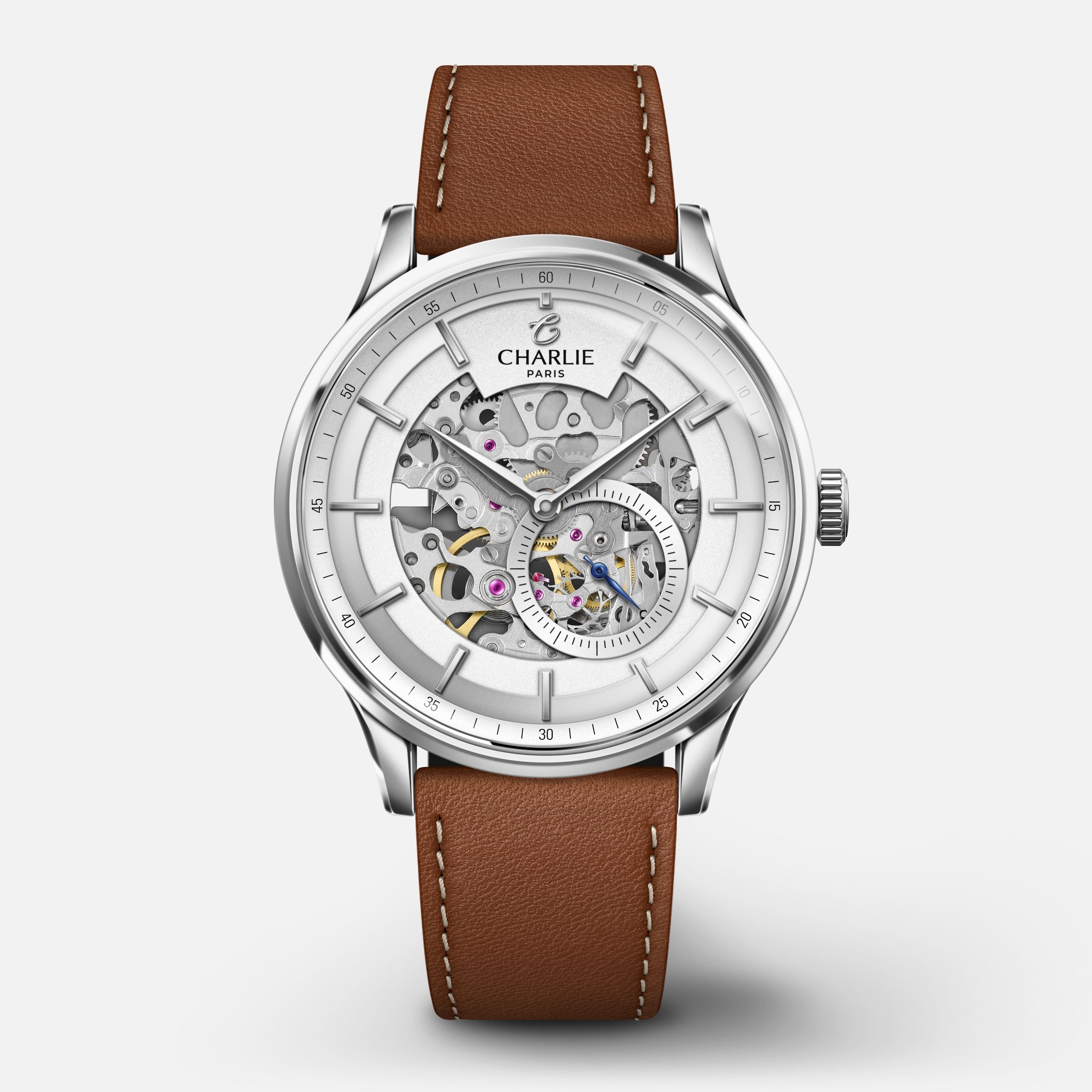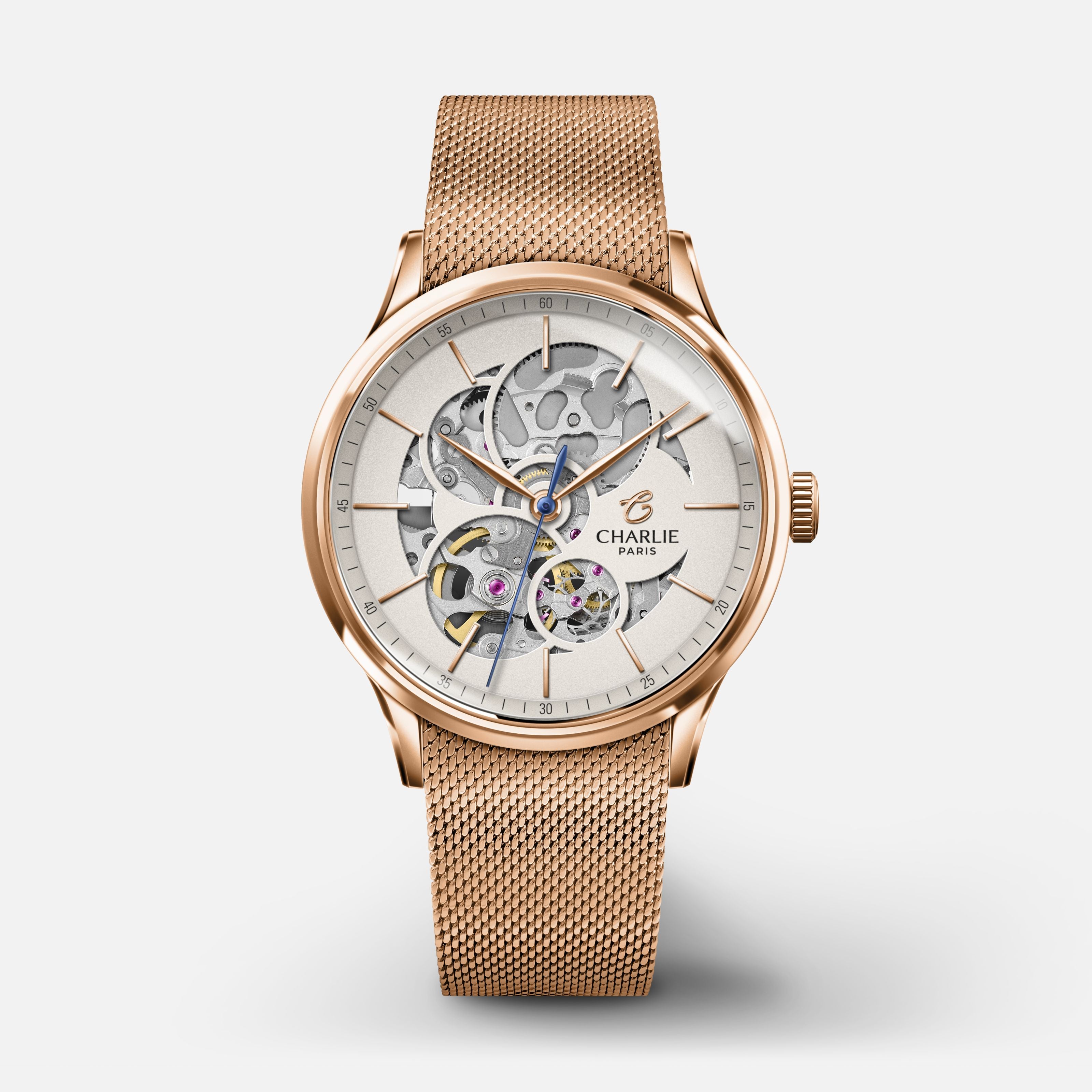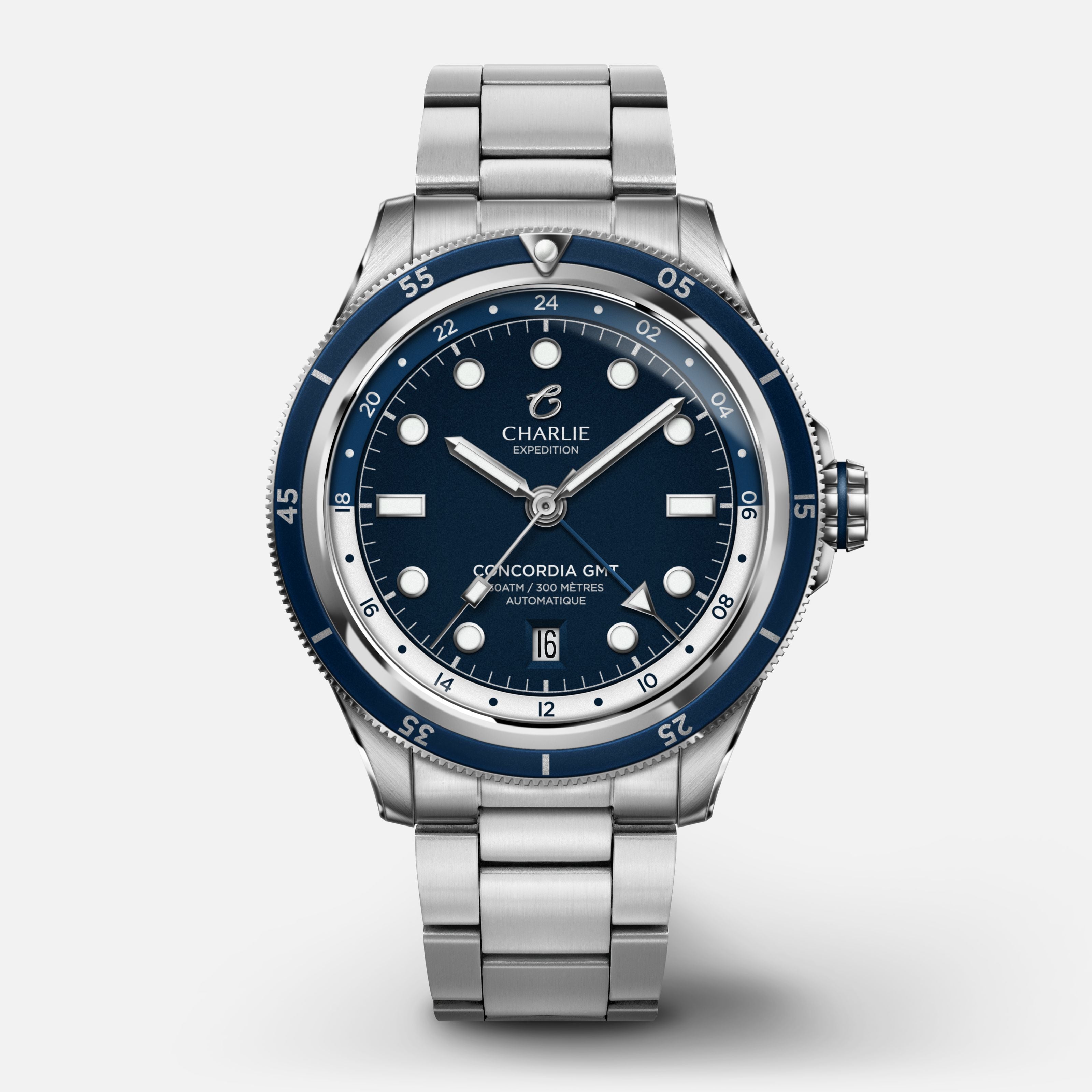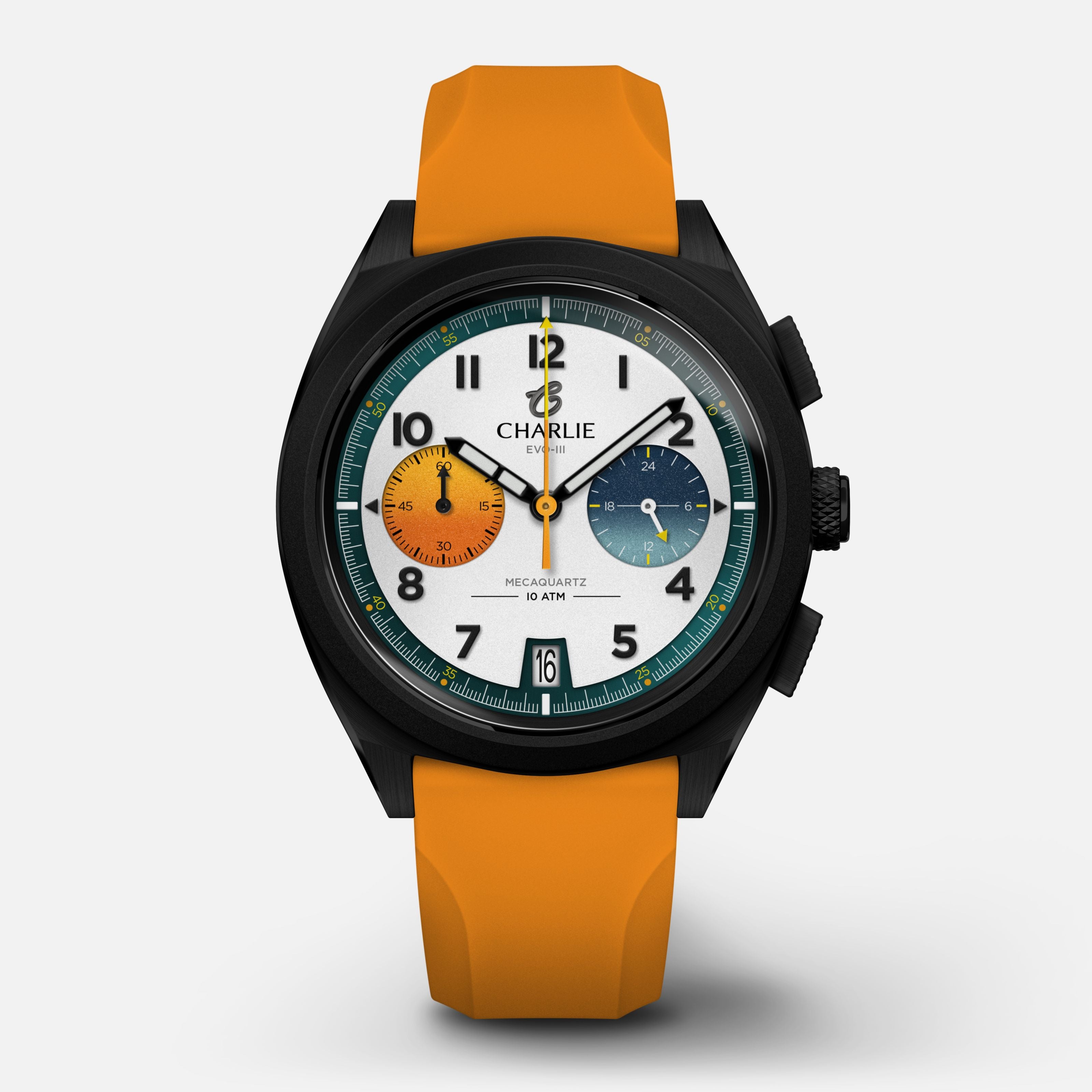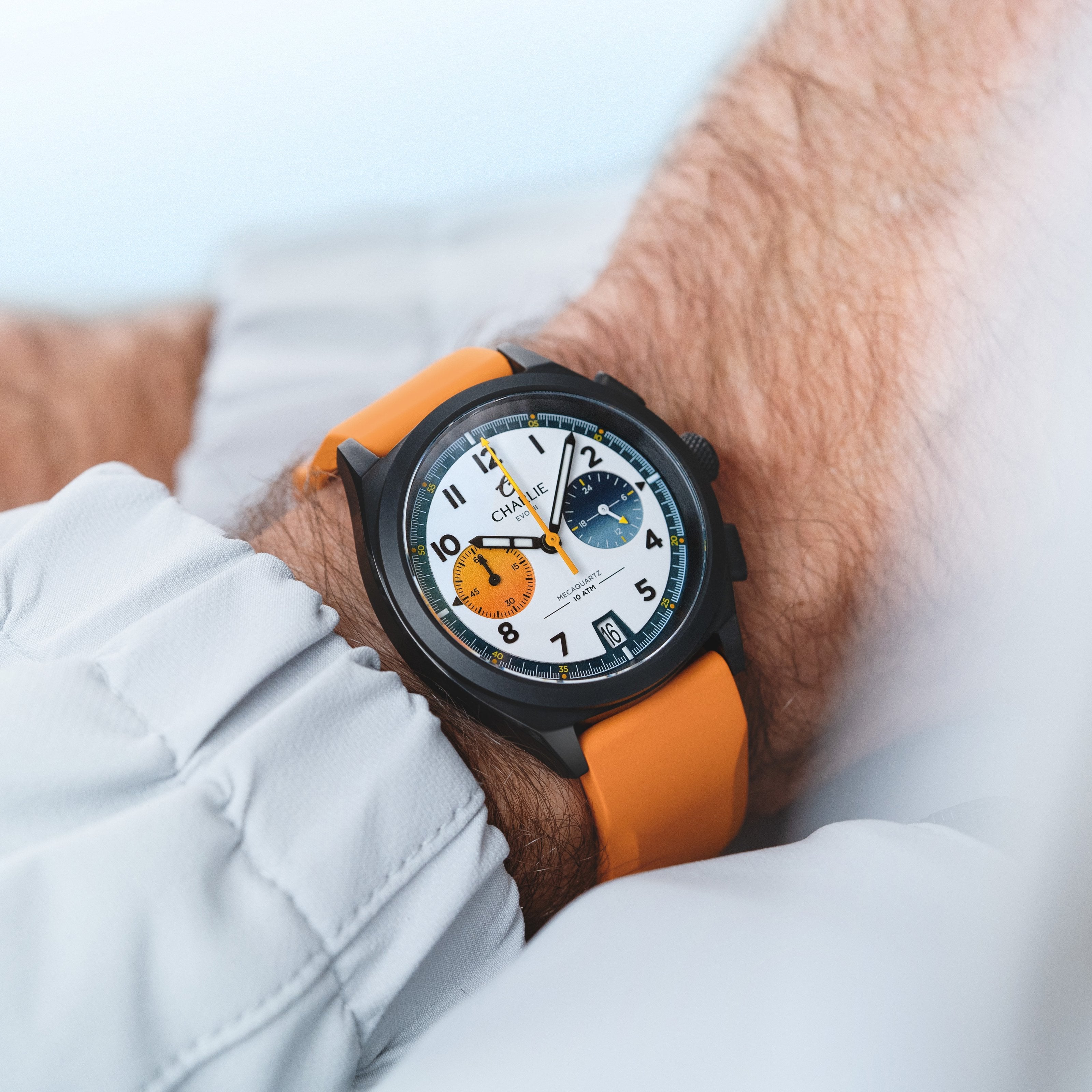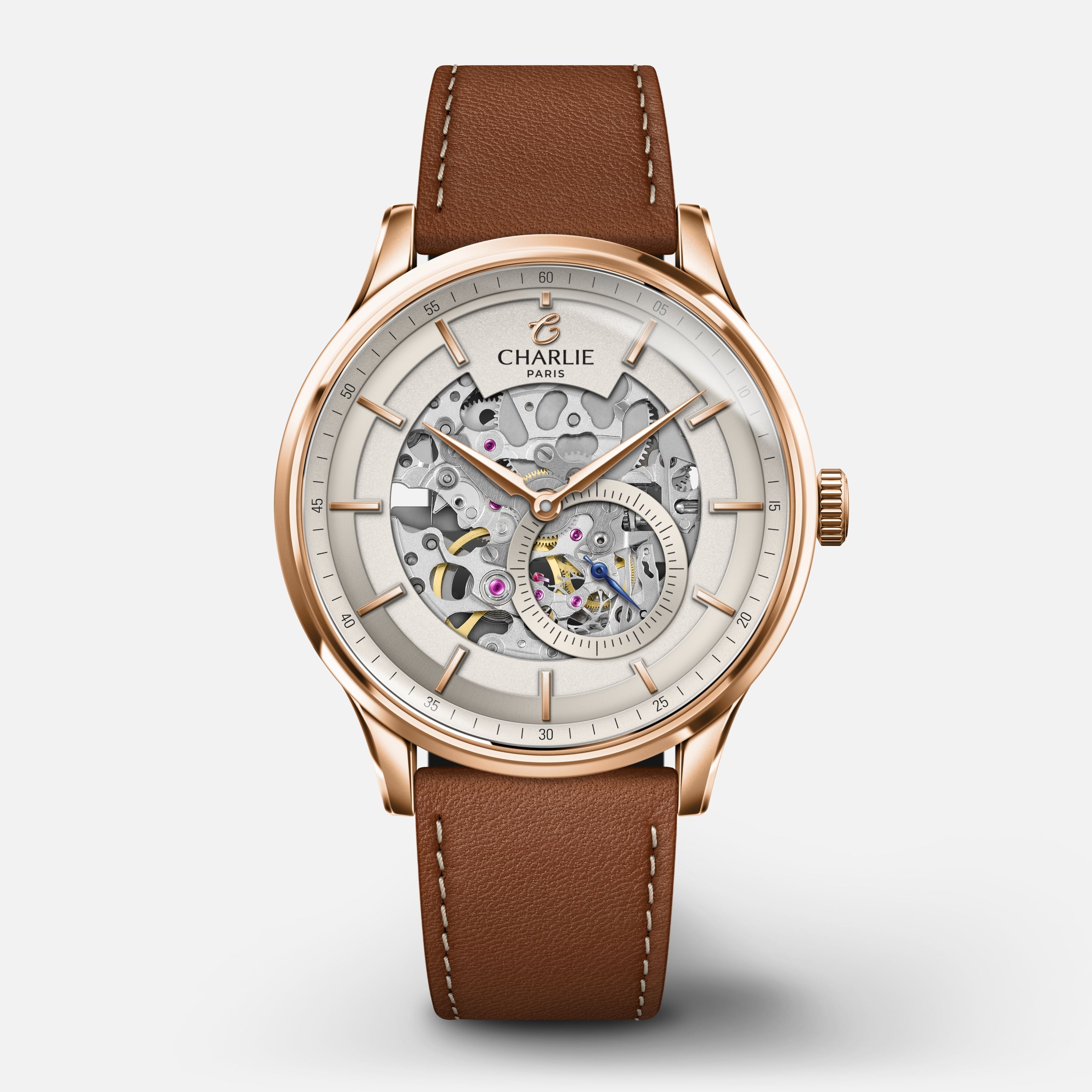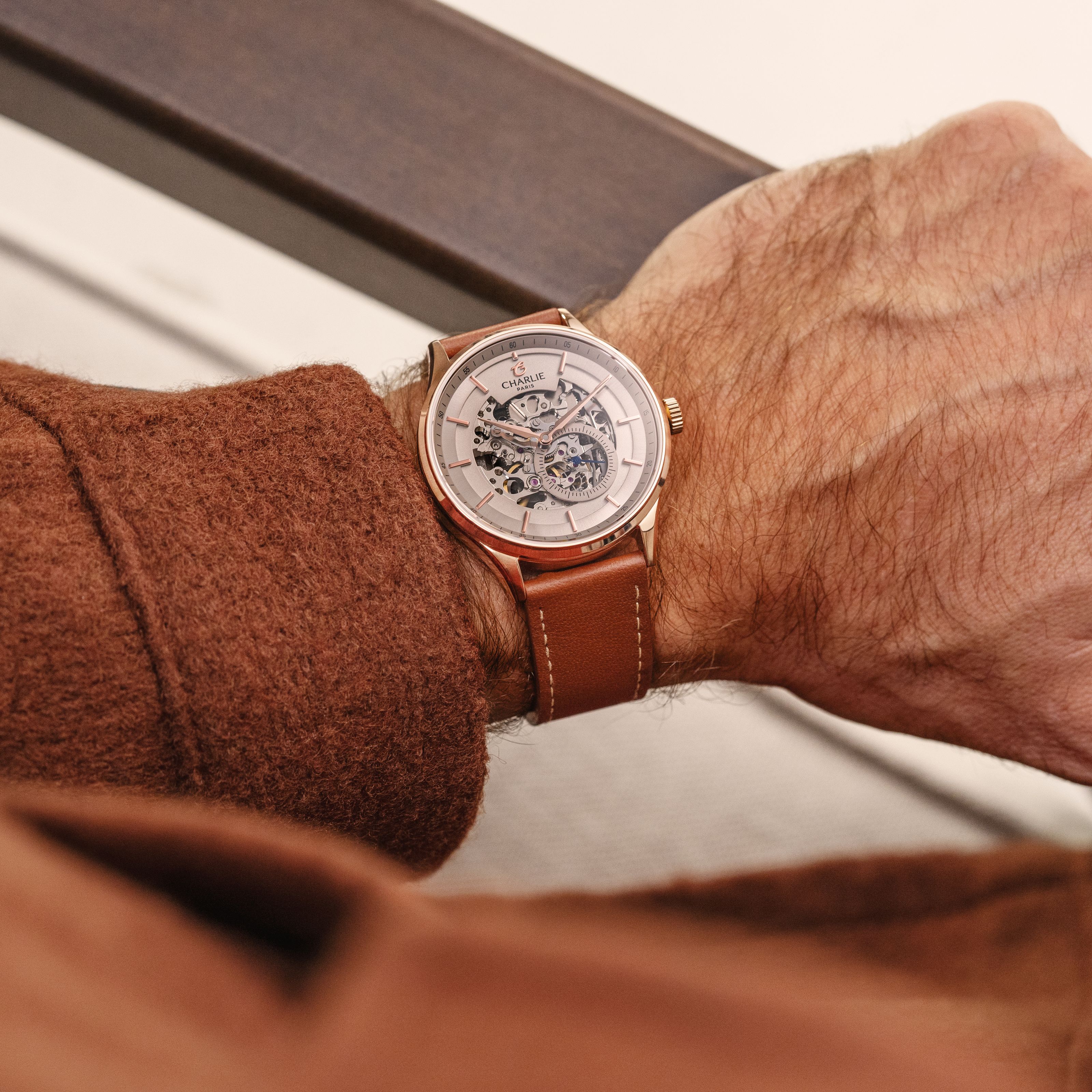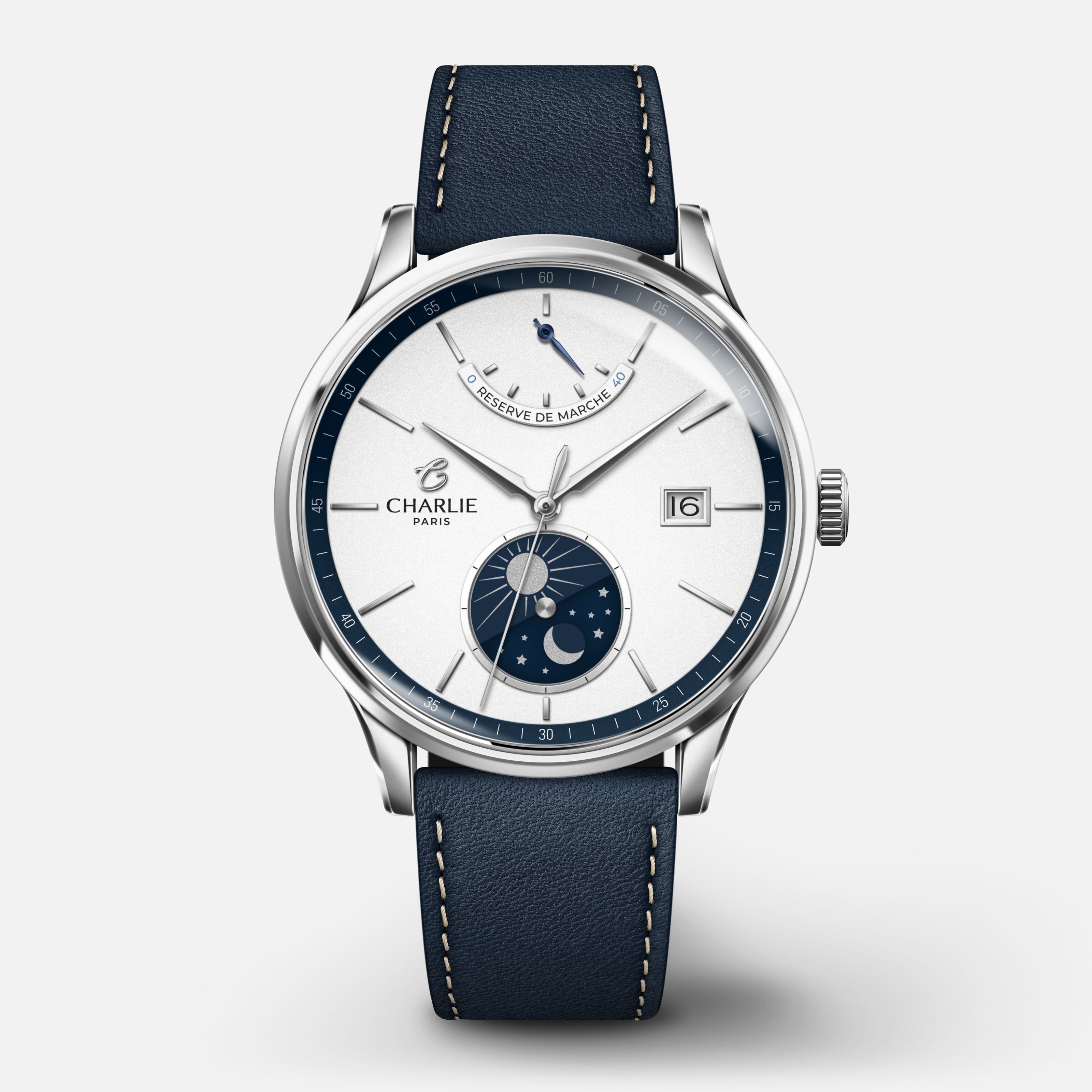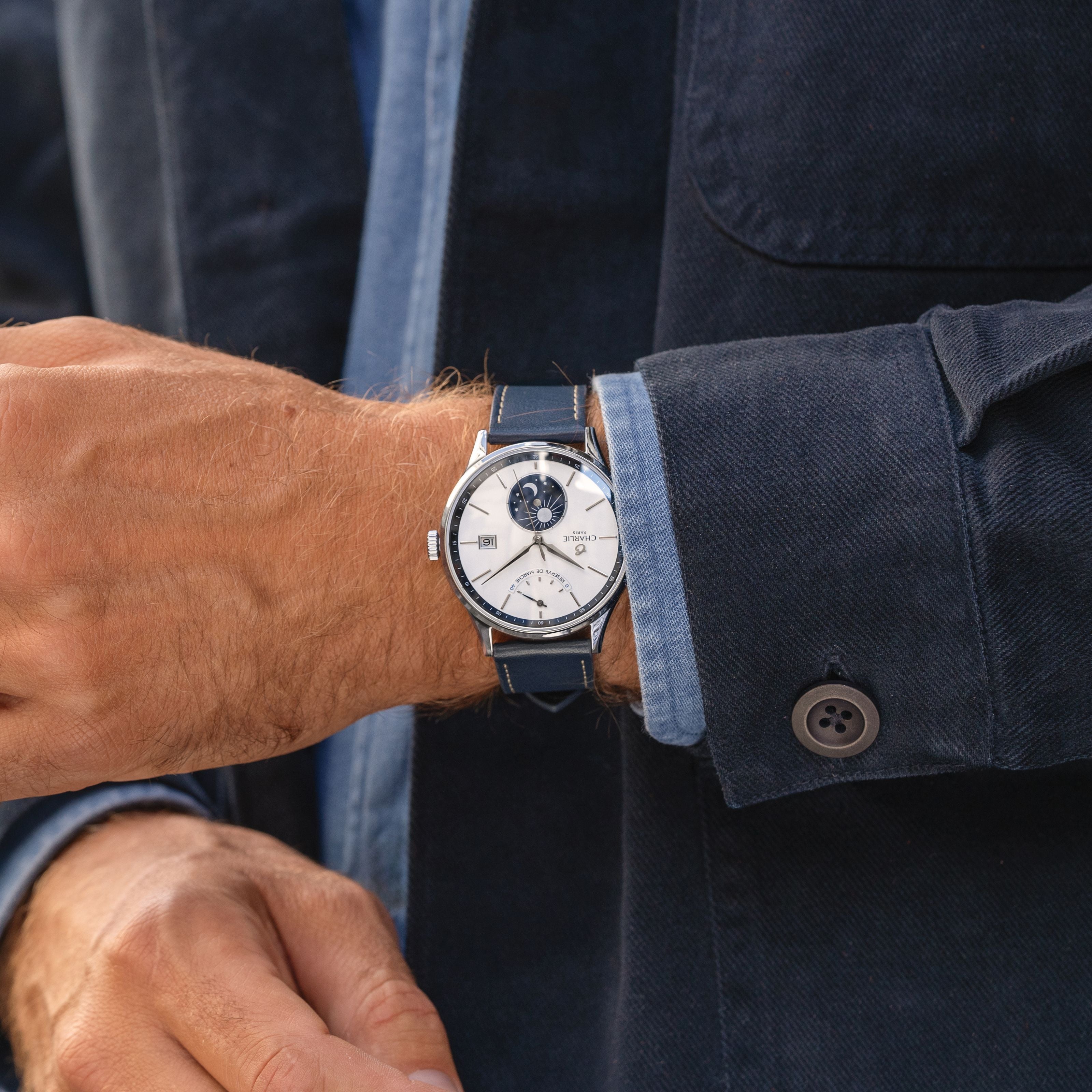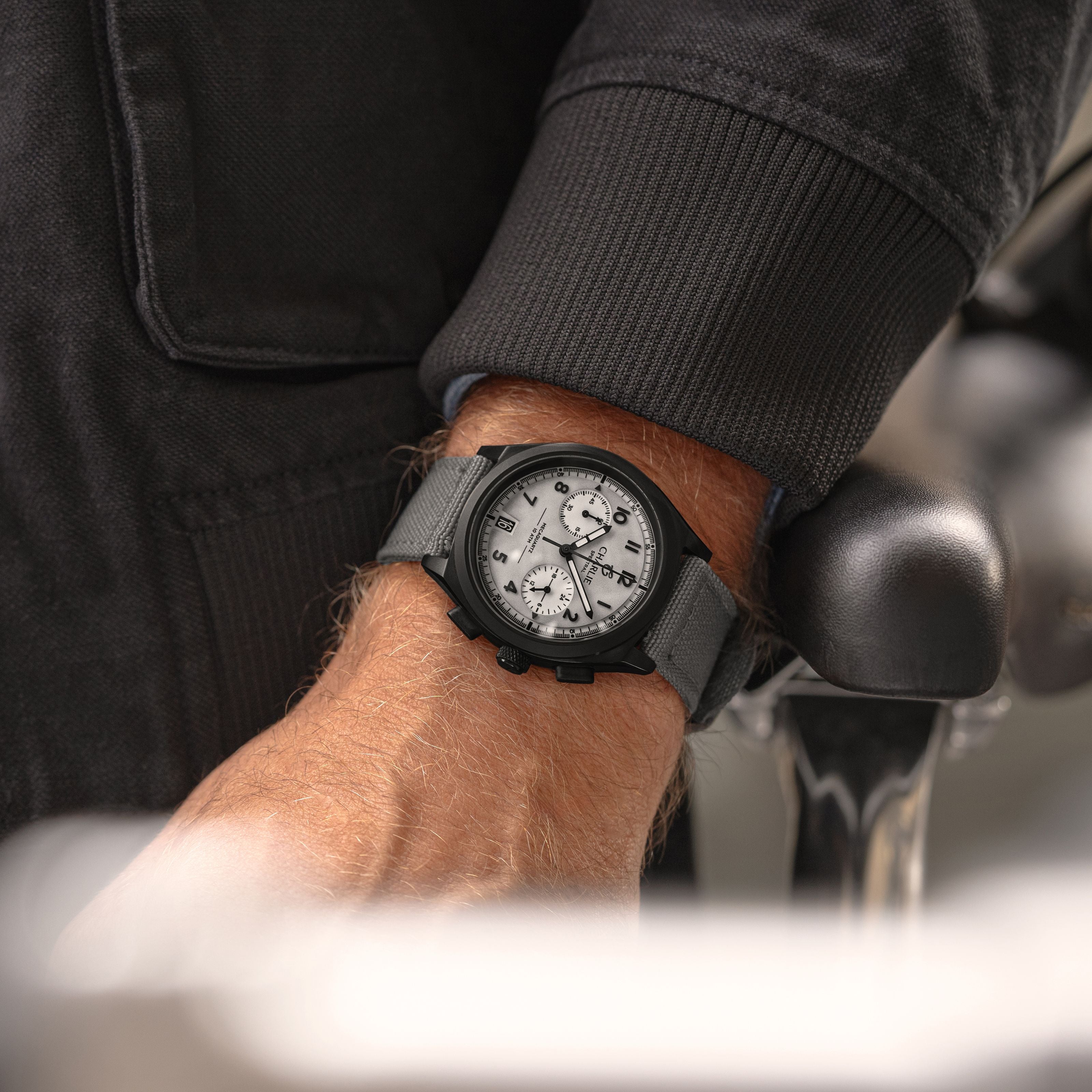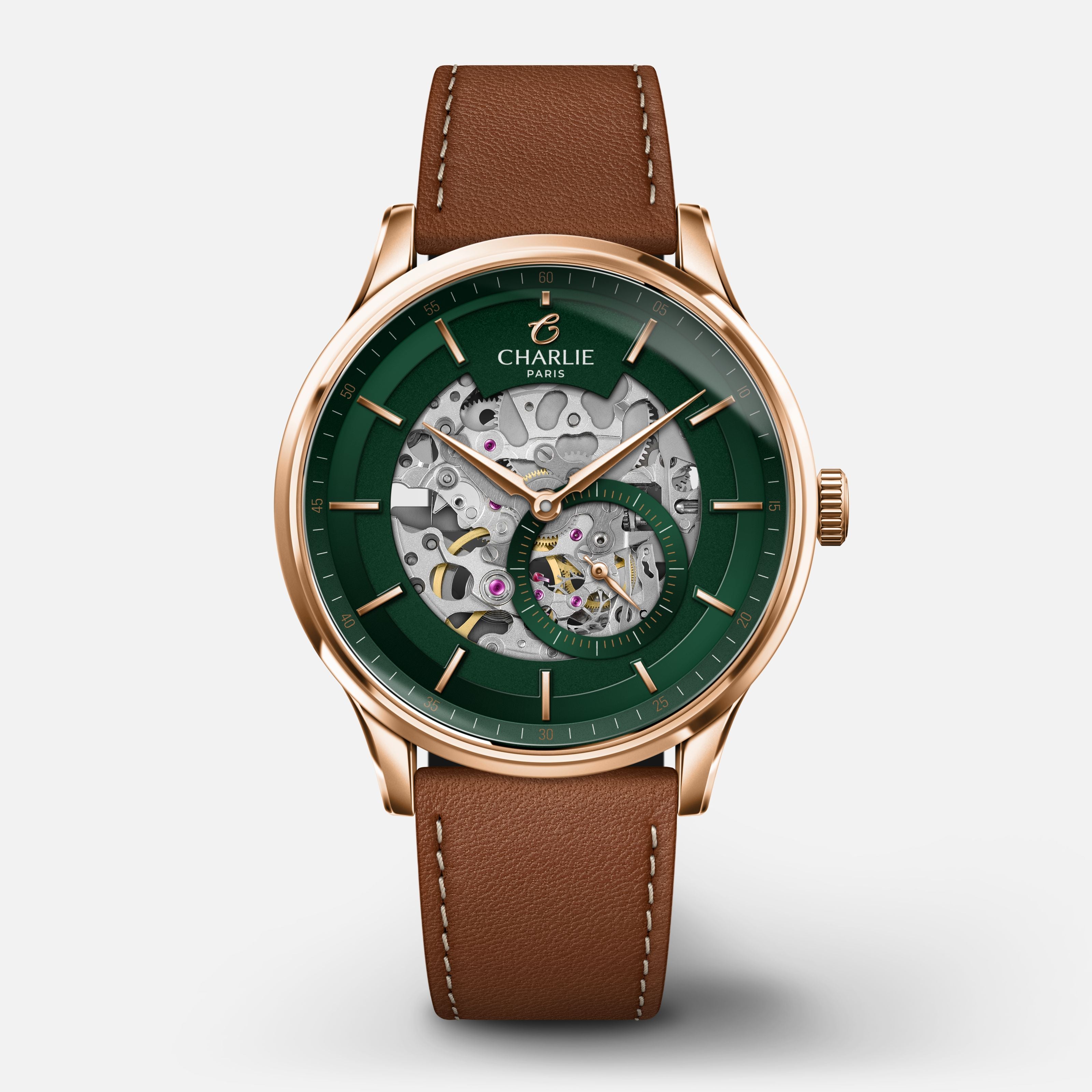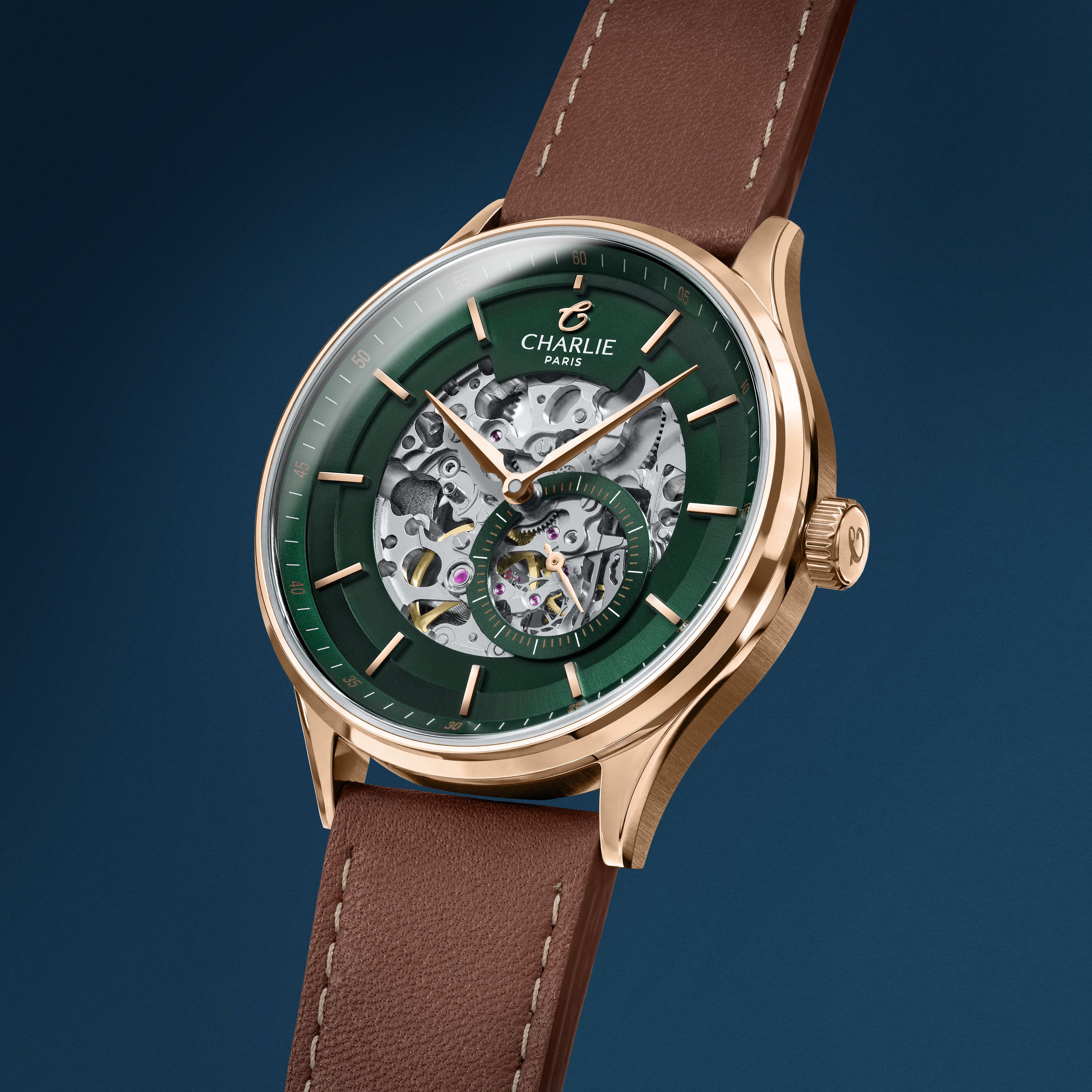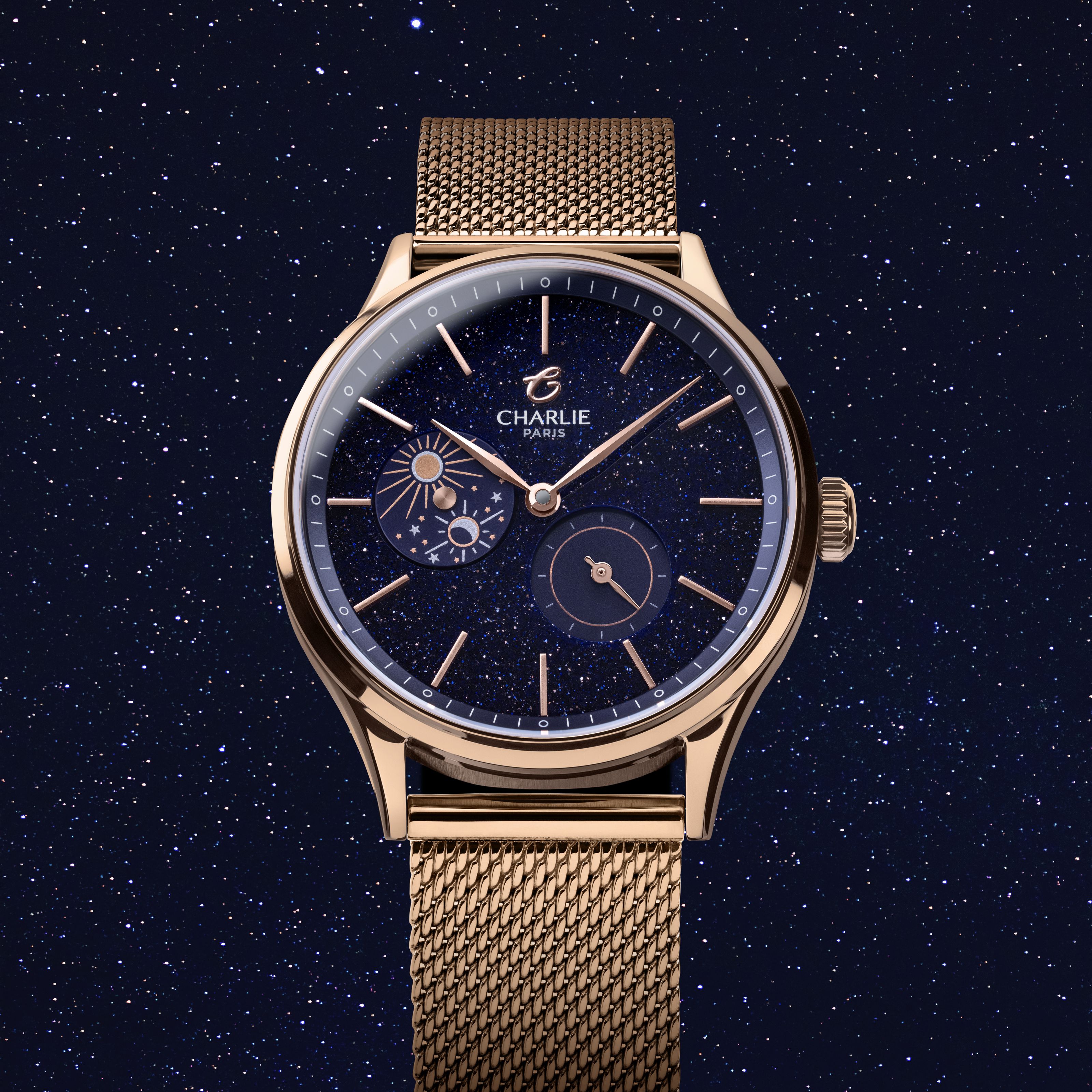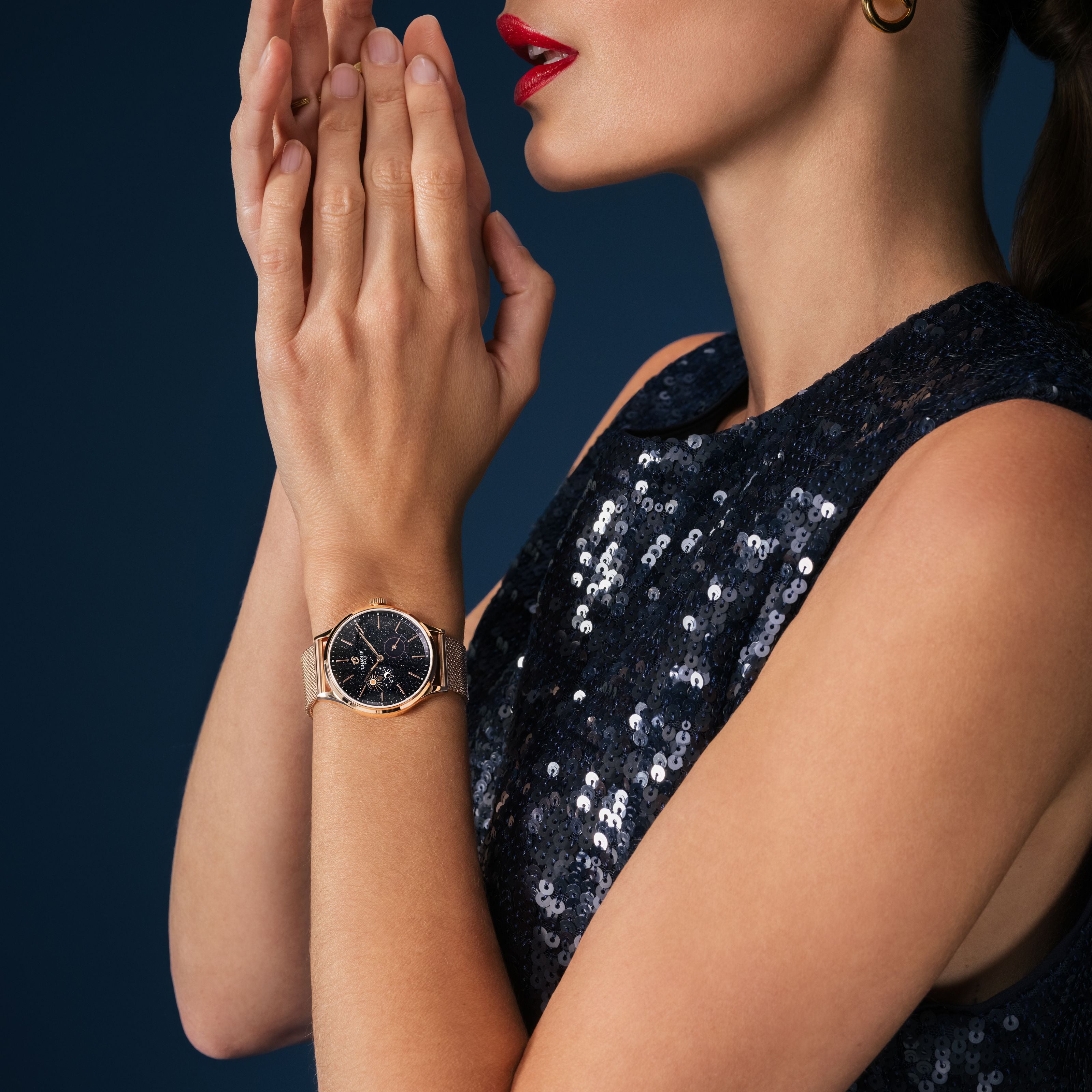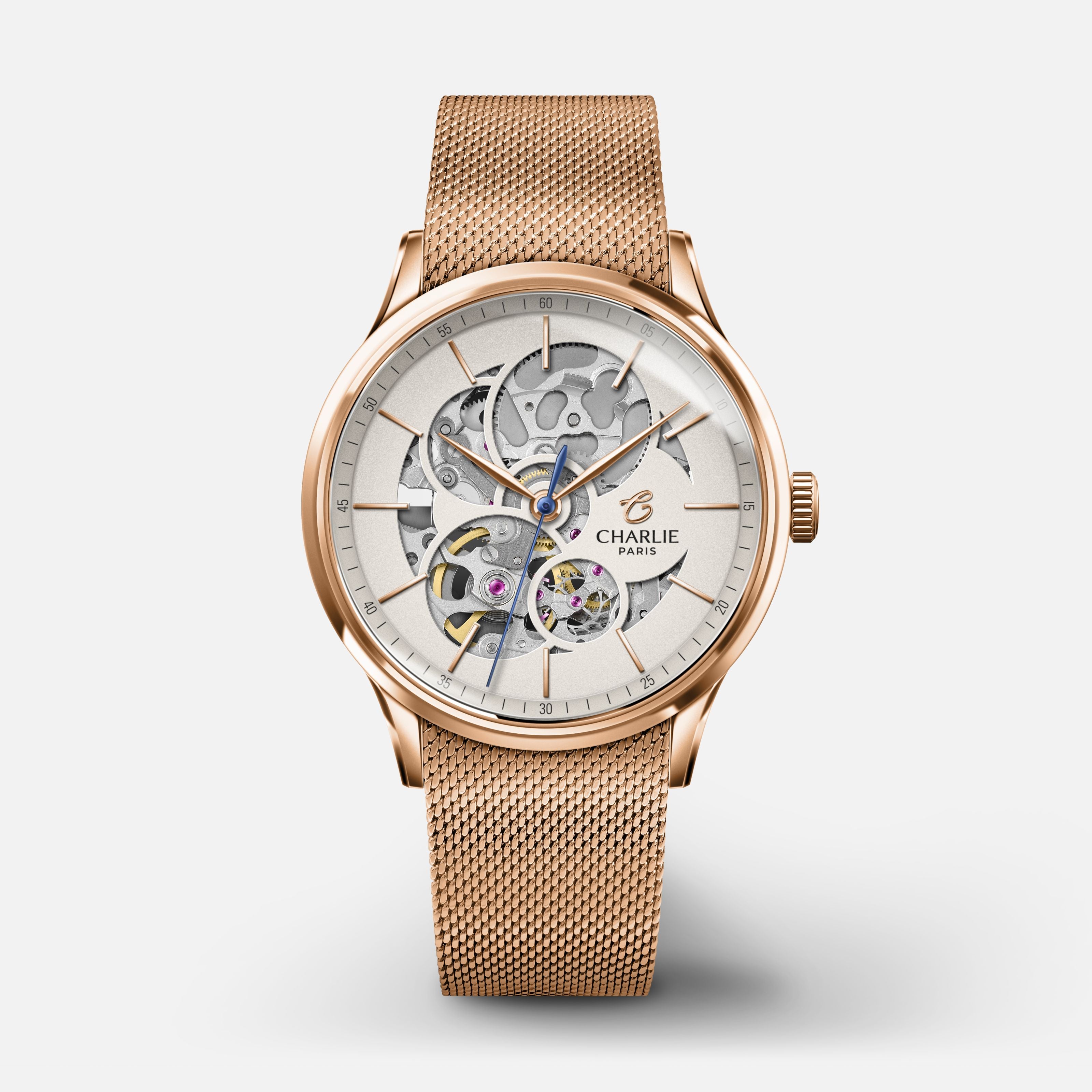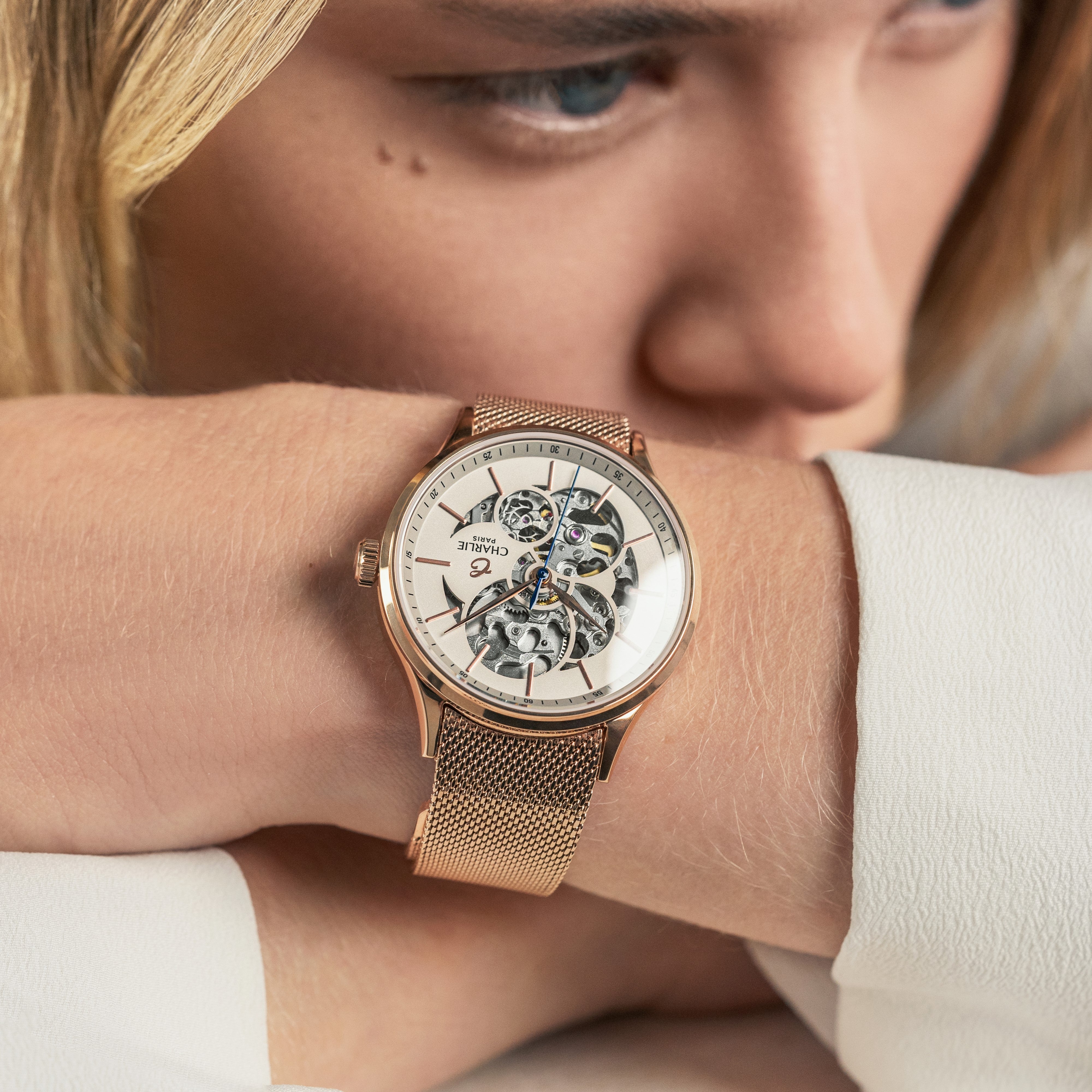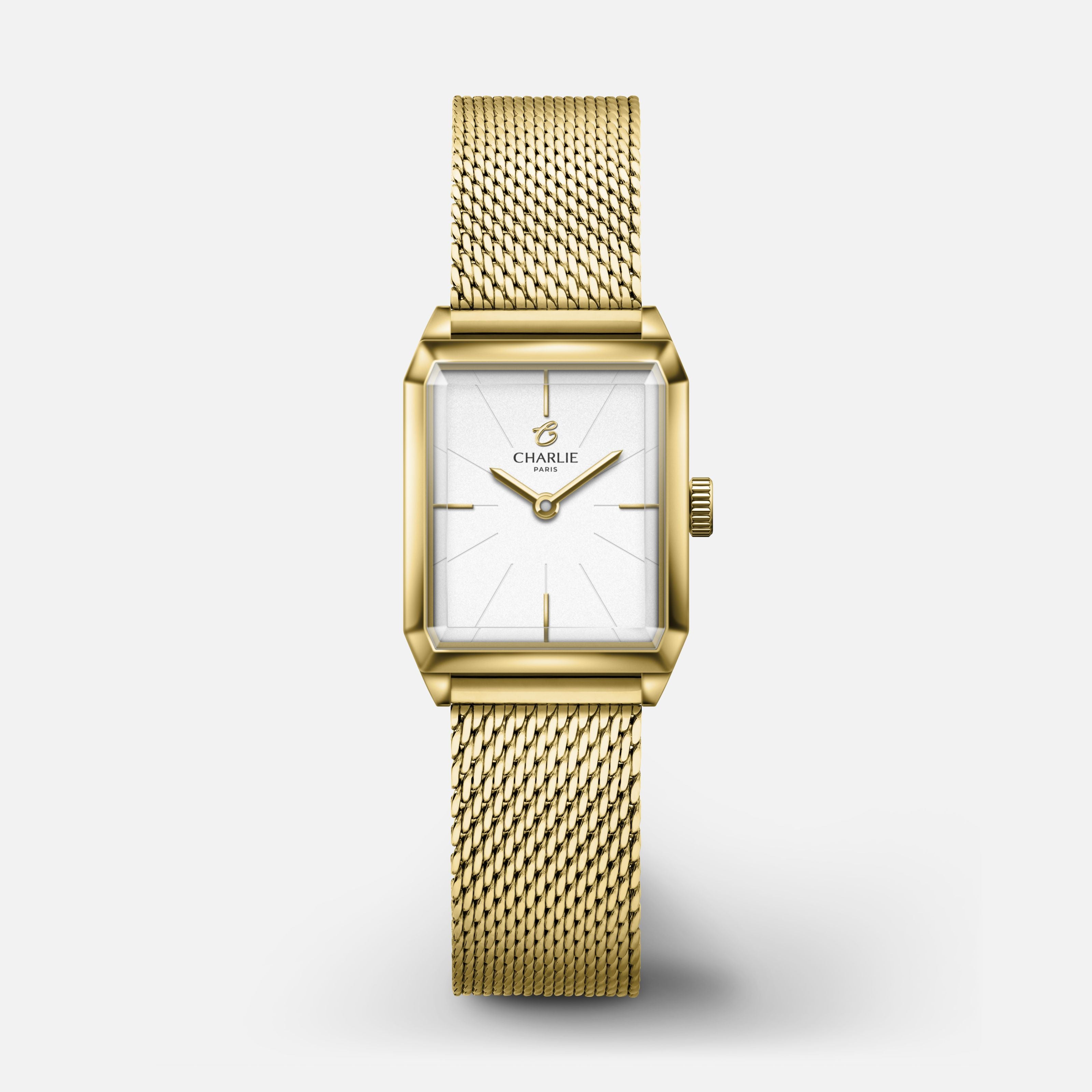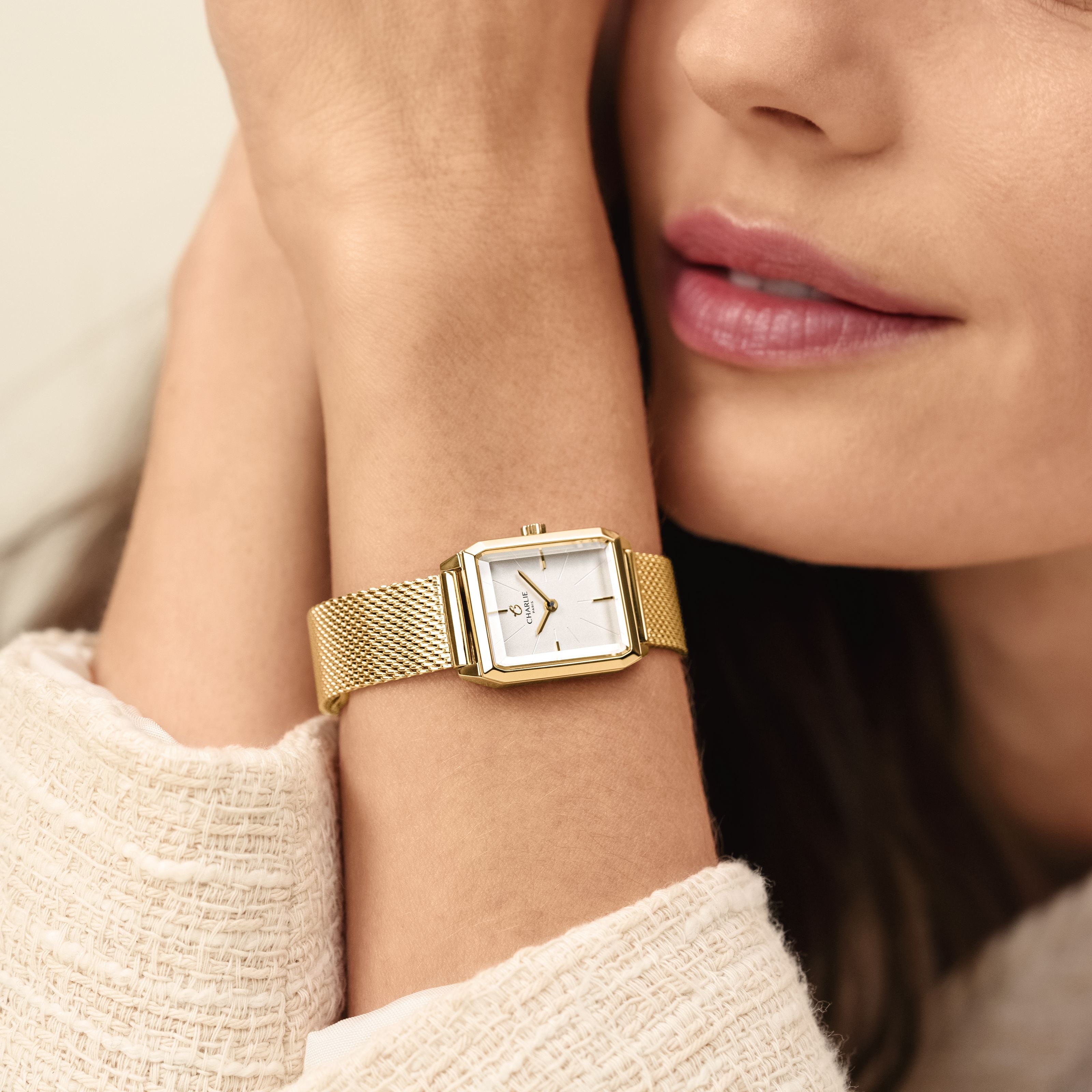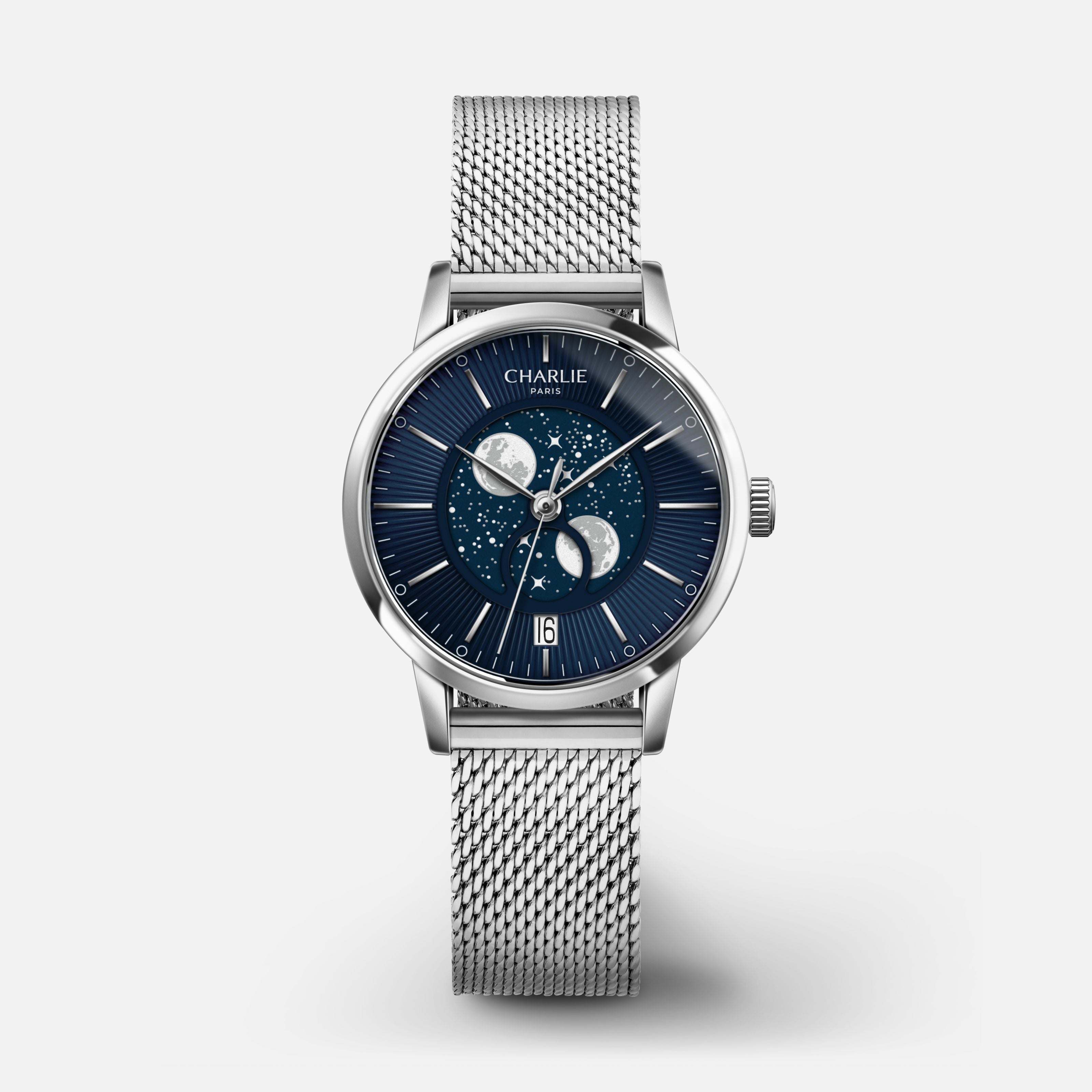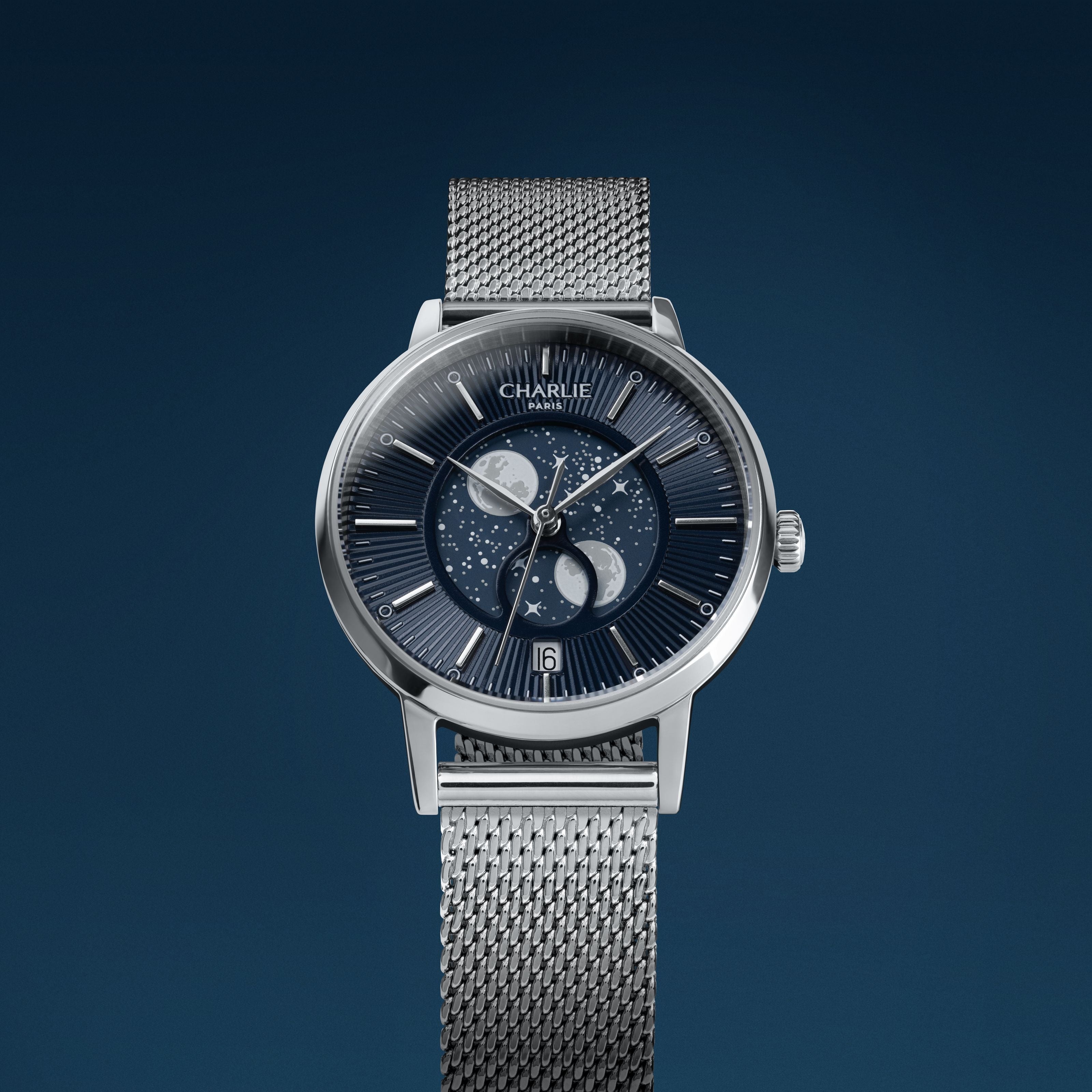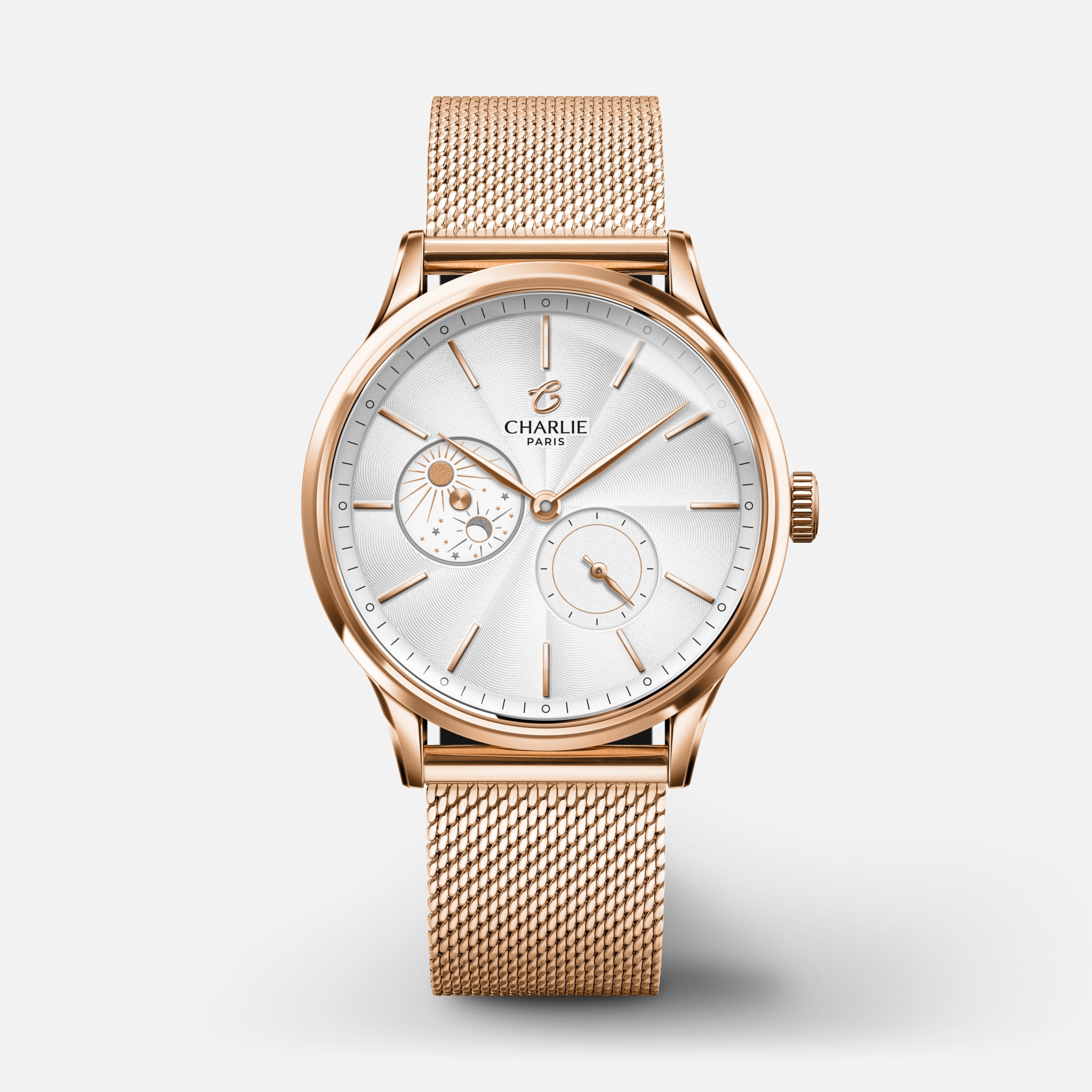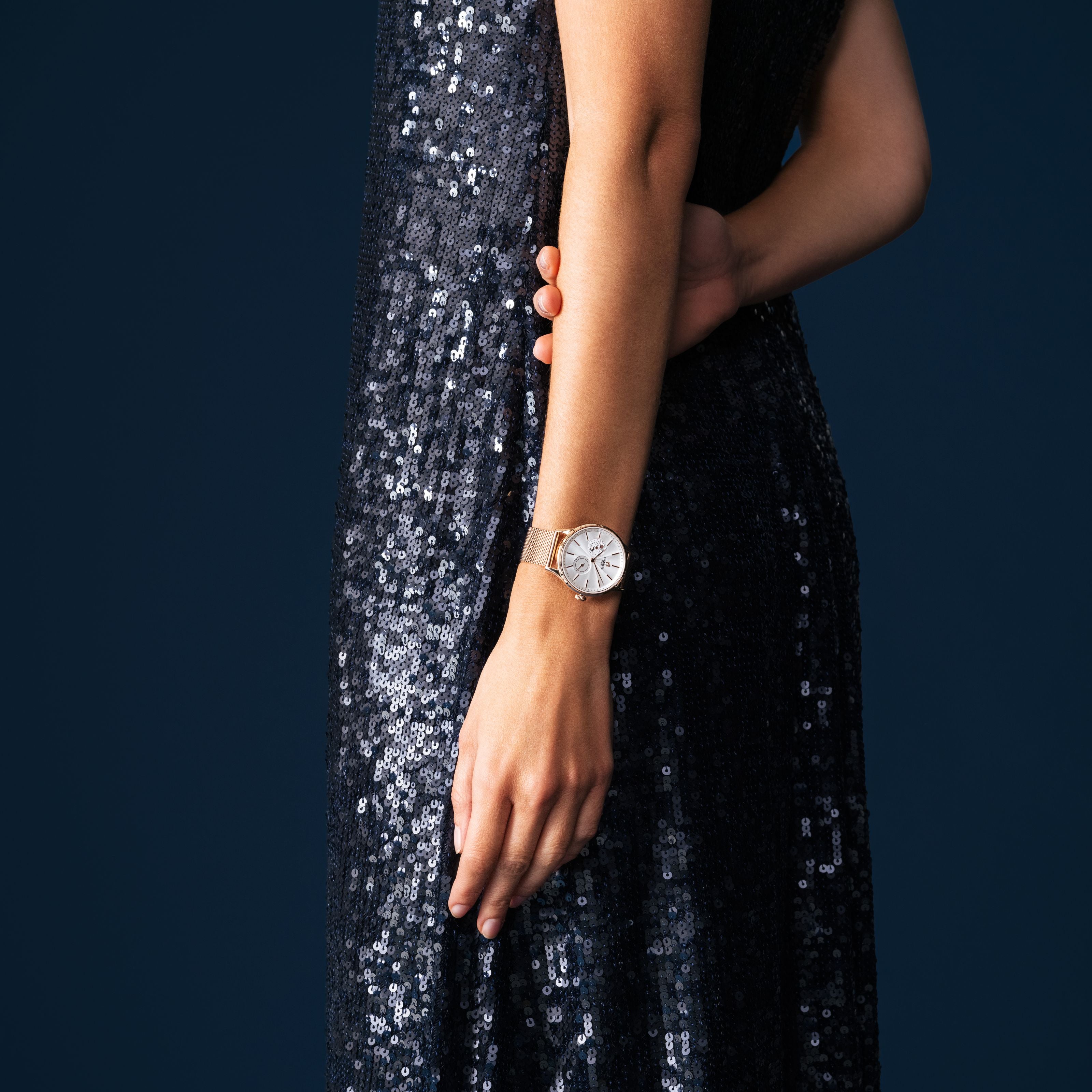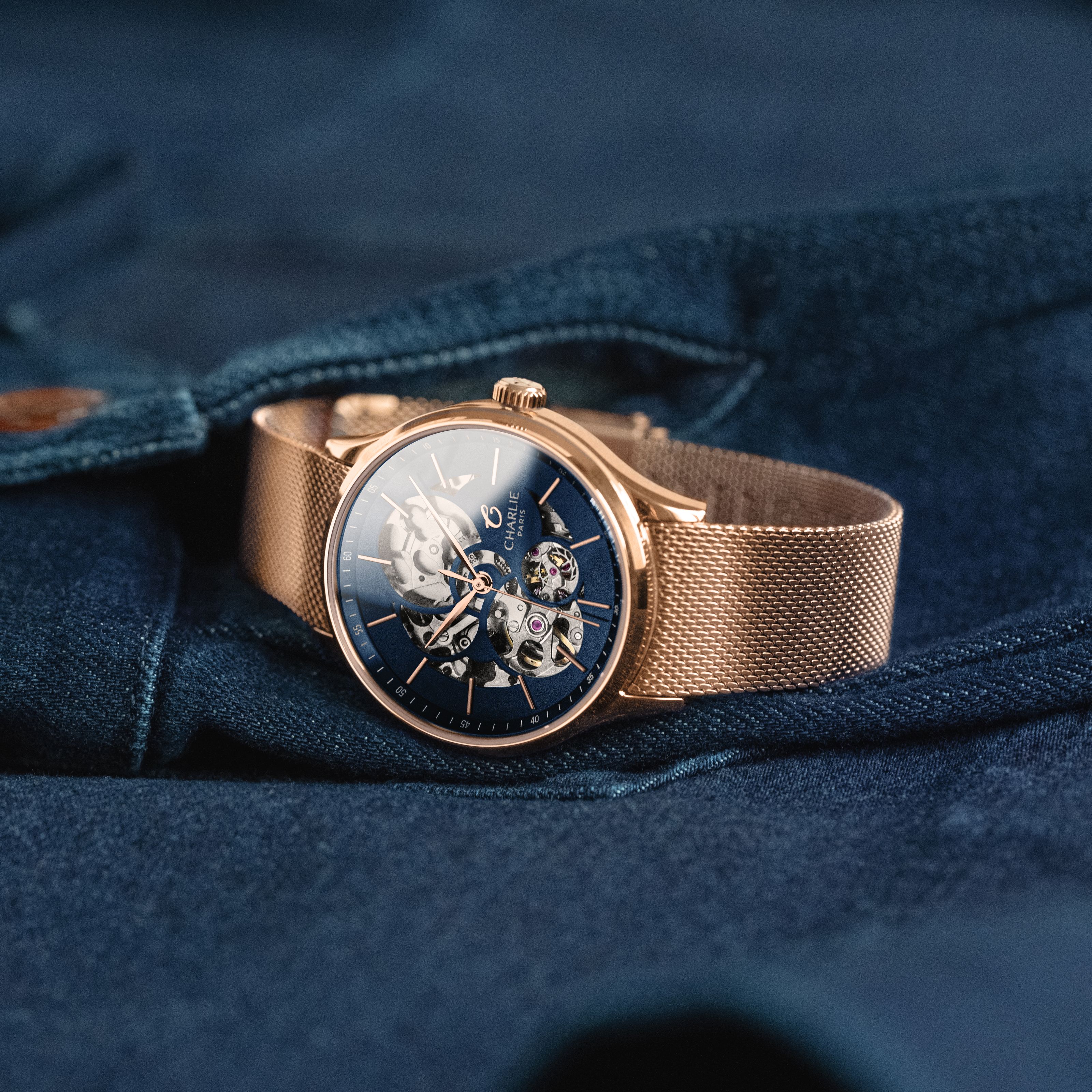An automatic watch is a beautiful accessory to wear on your wrist. Very popular with watch lovers, an automatic watch is more expensive than a quartz men's watch. This price difference can be explained mainly by the fact that an automatic watch requires more complex work to manufacture and design its movement. It is therefore important to understand how an automatic watch works. How does an automatic watch work? What are its specificities? To understand the functioning of an automatic watch and its movement, it is first necessary to understand what this type of watch is made of. In this article we will enlighten you on the functioning of these automatic watches.
The components of an automatic movement
To fully understand how a watch with an automatic movement works, you must first learn more about its main components! Here are its main components:
- The rotor: this is the oscillating weight of the mechanism. In short, it is a semi-circular weight attached to the movement. It turns 360° according to the movements of the wrist and allows, thanks to a series of mechanisms, to wind the barrel spring, thus providing mechanical energy to the watch.
- The crown: This is the small wheel located on the right side of your watch. It is attached to the winding stem and is used to wind the barrel spring.
- The barrel: This is an elastic steel band that provides the energy for the movement when it is cocked, i.e., tensioned. The barrel drives the watch wheel, which is activated by the unwinding of a spring it contains, called the barrel spring.
- The transmission system (called the gear train): It transmits the energy accumulated in the barrel spring to the escapement wheel via a series of gears.
- Escapement wheel: This is the central part of the gear system that will distribute the energy to both the regulating organ and the rest of the watch once regulated.
-
The regulating organ: It is composed of the balance wheel, the balance spring and the anchor. It is the heart of the watch.
-
The rubies: These are very hard stones that reduce friction and wear on the mechanism components.
-
The plate: It is a plate that supports all the components of the mechanical movement of a watch.
- Bridges: The bridges allow to fix the parts which are located on the plate.
The functioning of the automatic movement
Now that you are familiar with the main components of the mechanical movement, you must ask yourself how it actually works. Here are the six main steps to better understand how the hands of your watch turn:

Read more
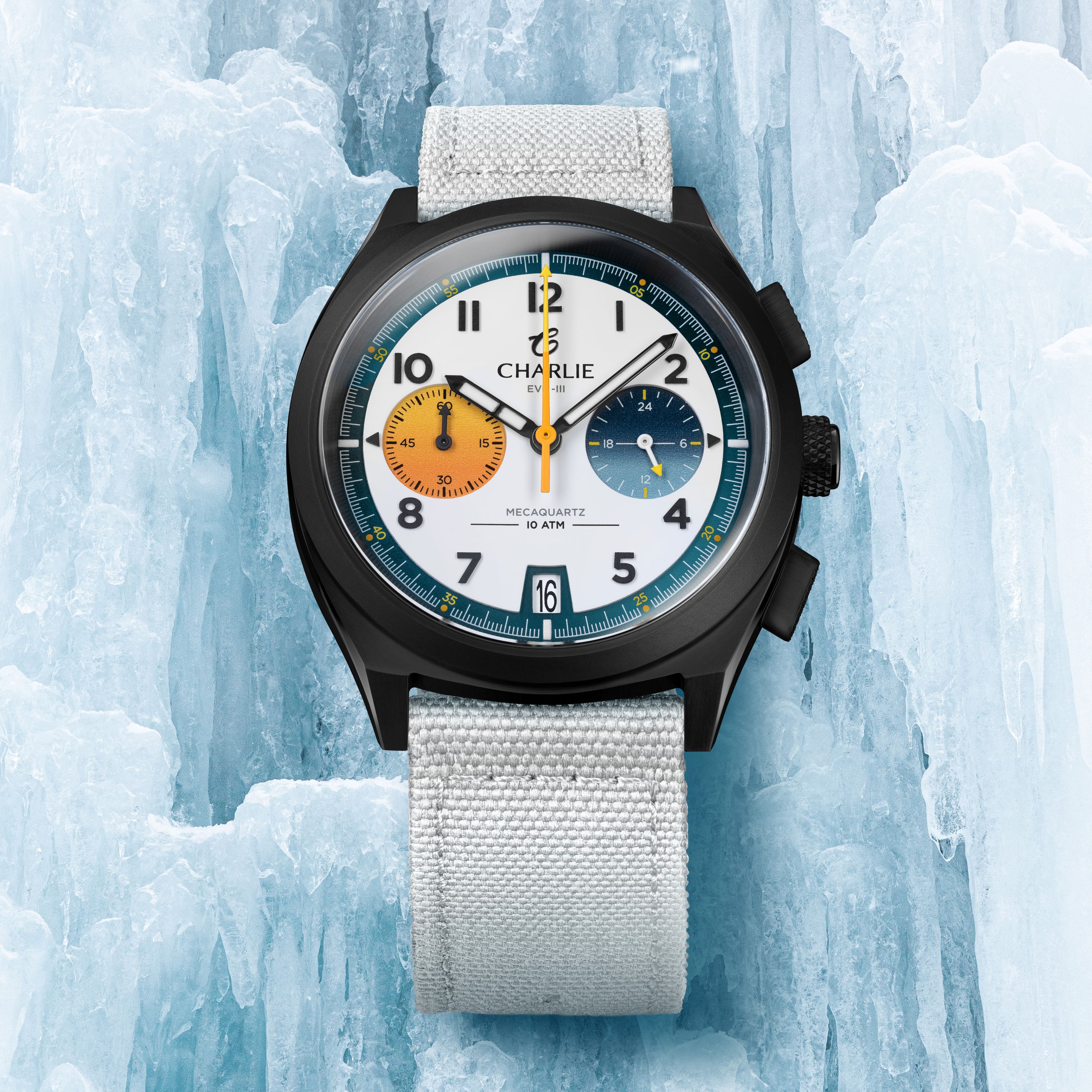
Assembled in Paris, this model combines bold design with technical robustness. Featuring a precise mecaquartz movement, durable sapphire crystal, 100M water resistance, and an engraved caseback in...

From Breguet to Cartier, including Hermès and Charlie Paris, French watchmaking combines heritage, innovation, and elegance. From grand historic houses to young, committed brands, it embodies a vi...
